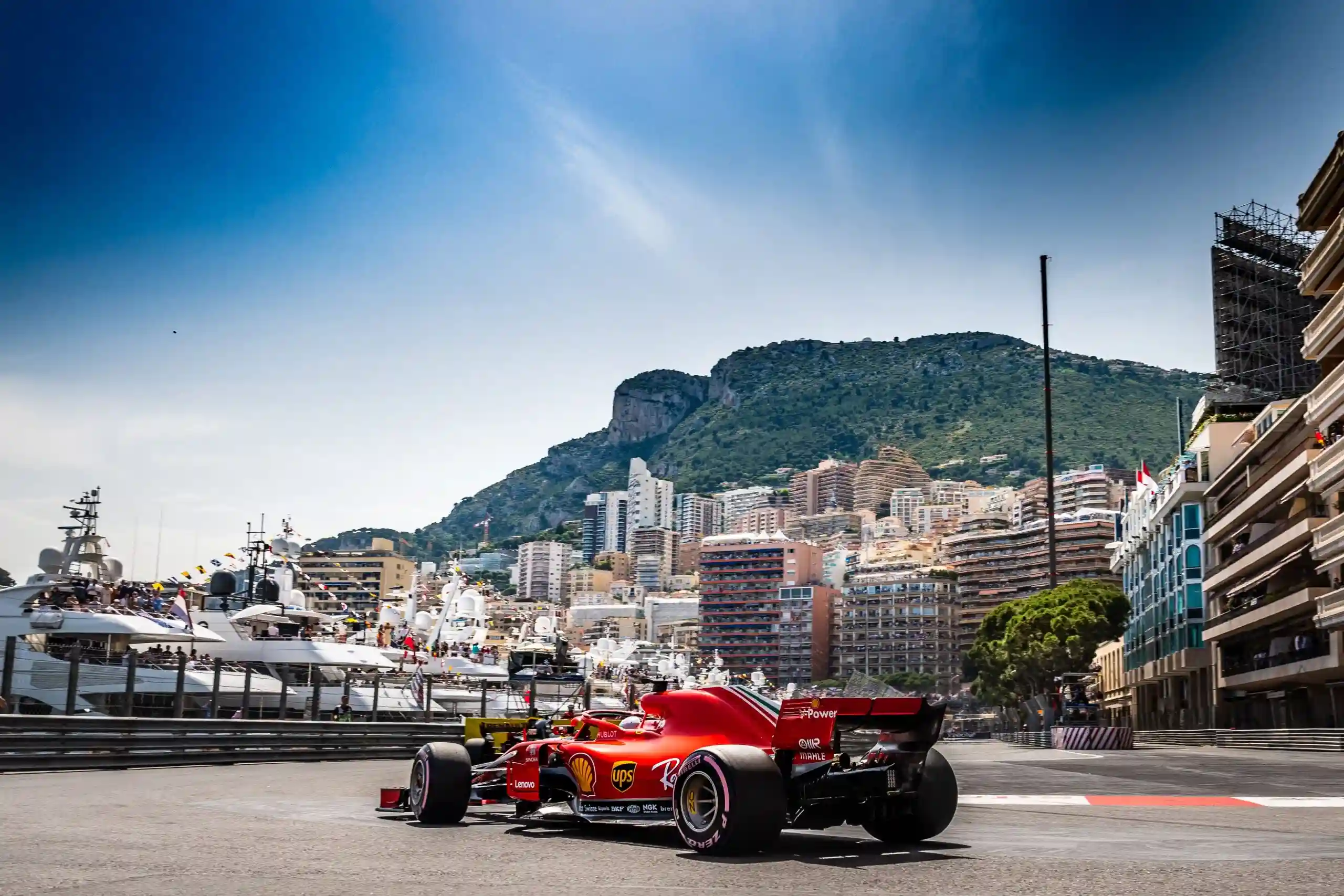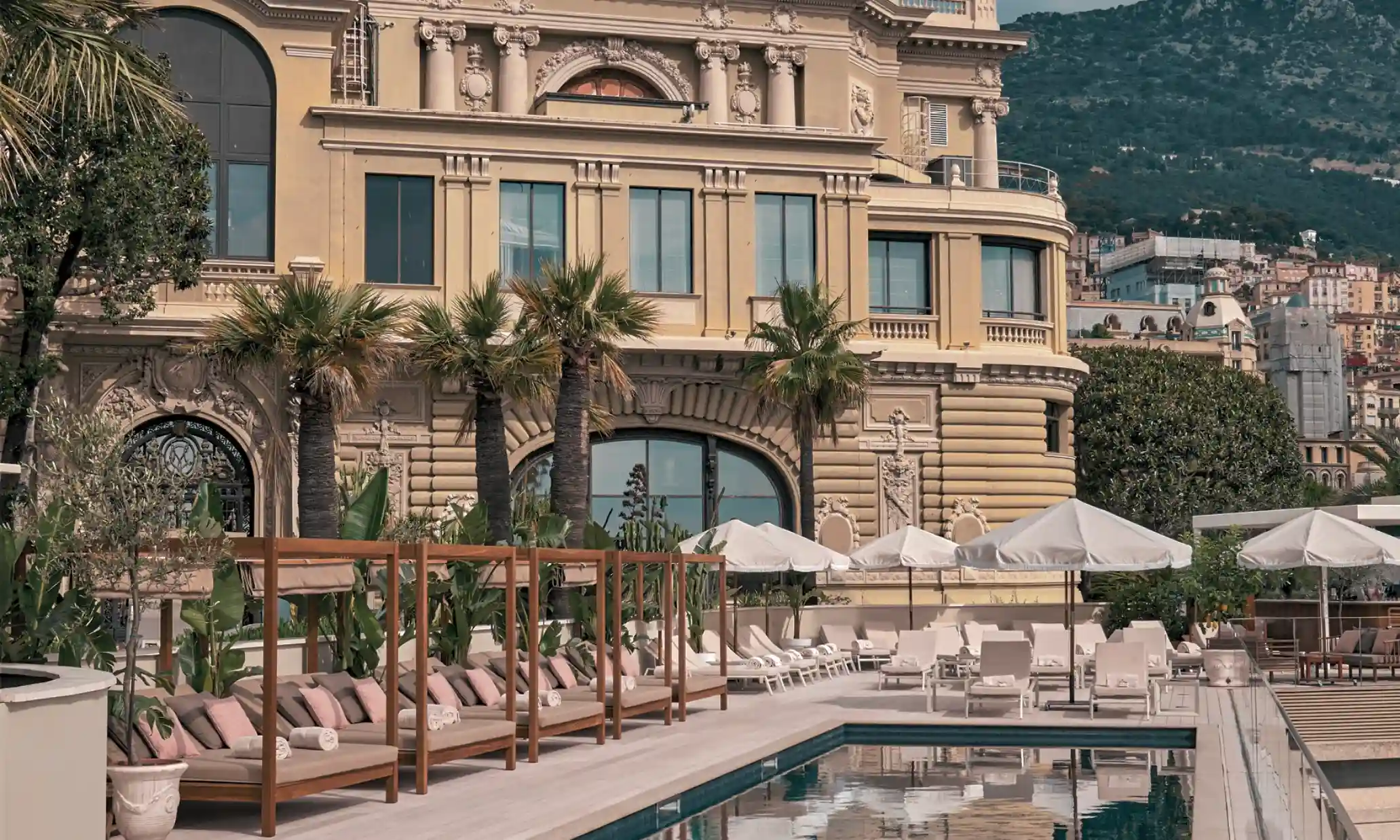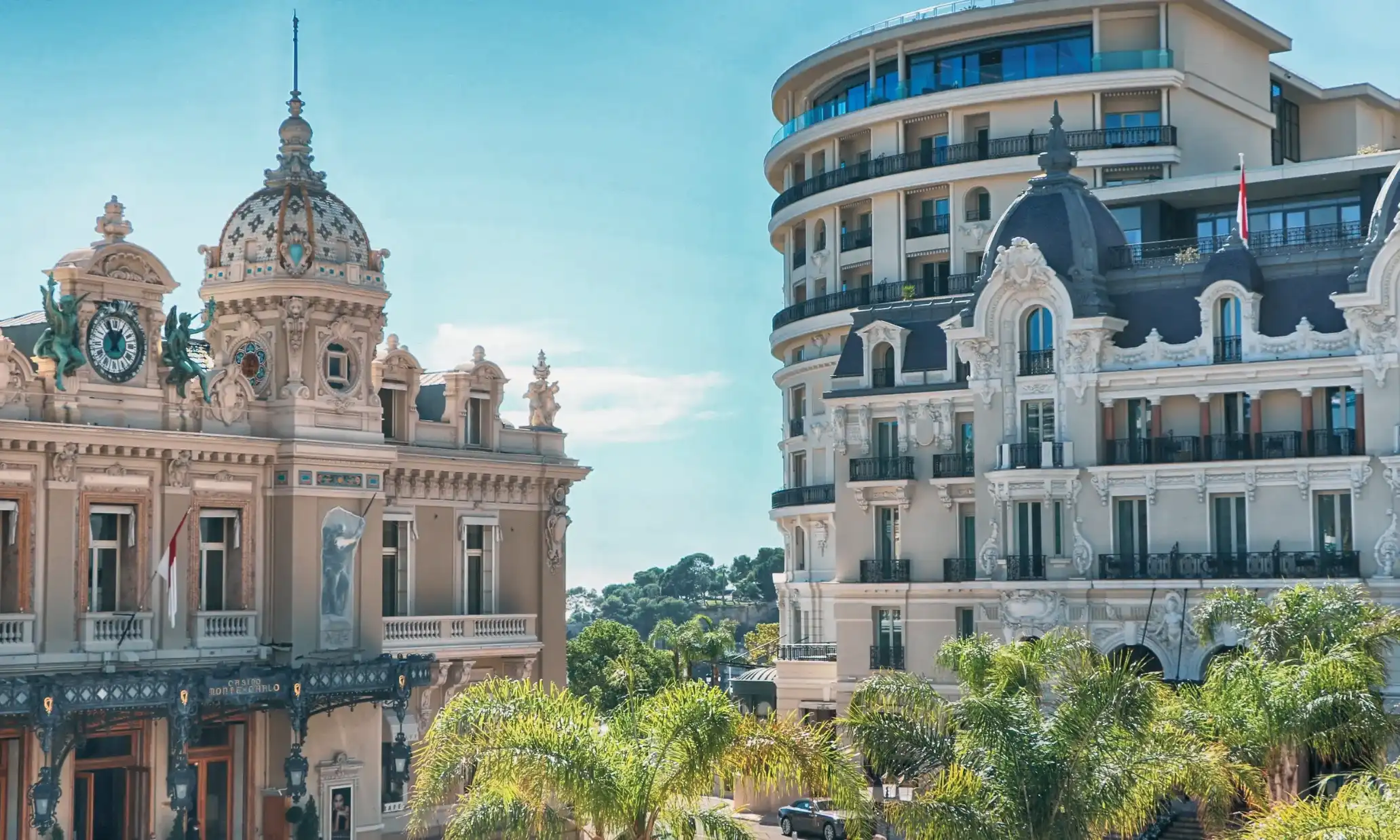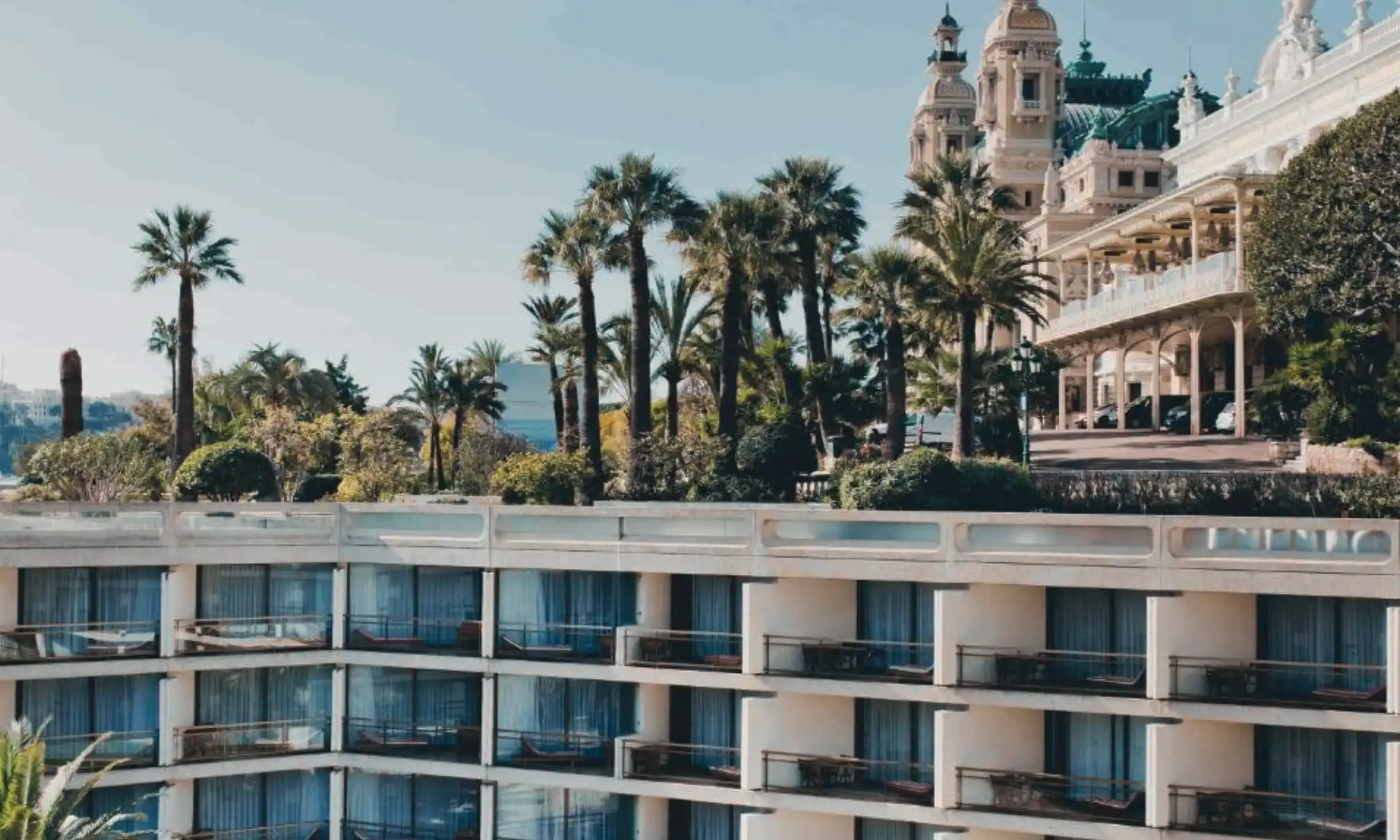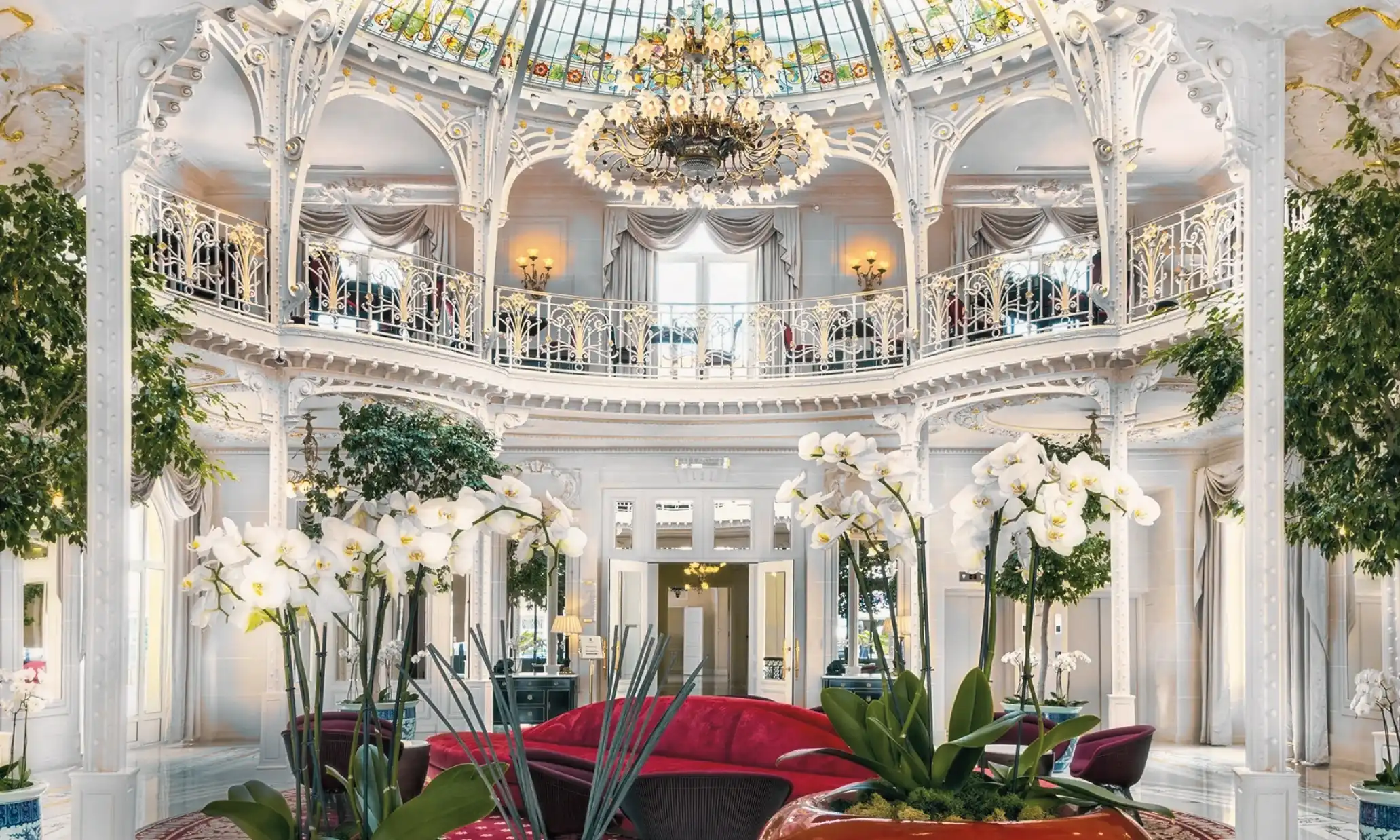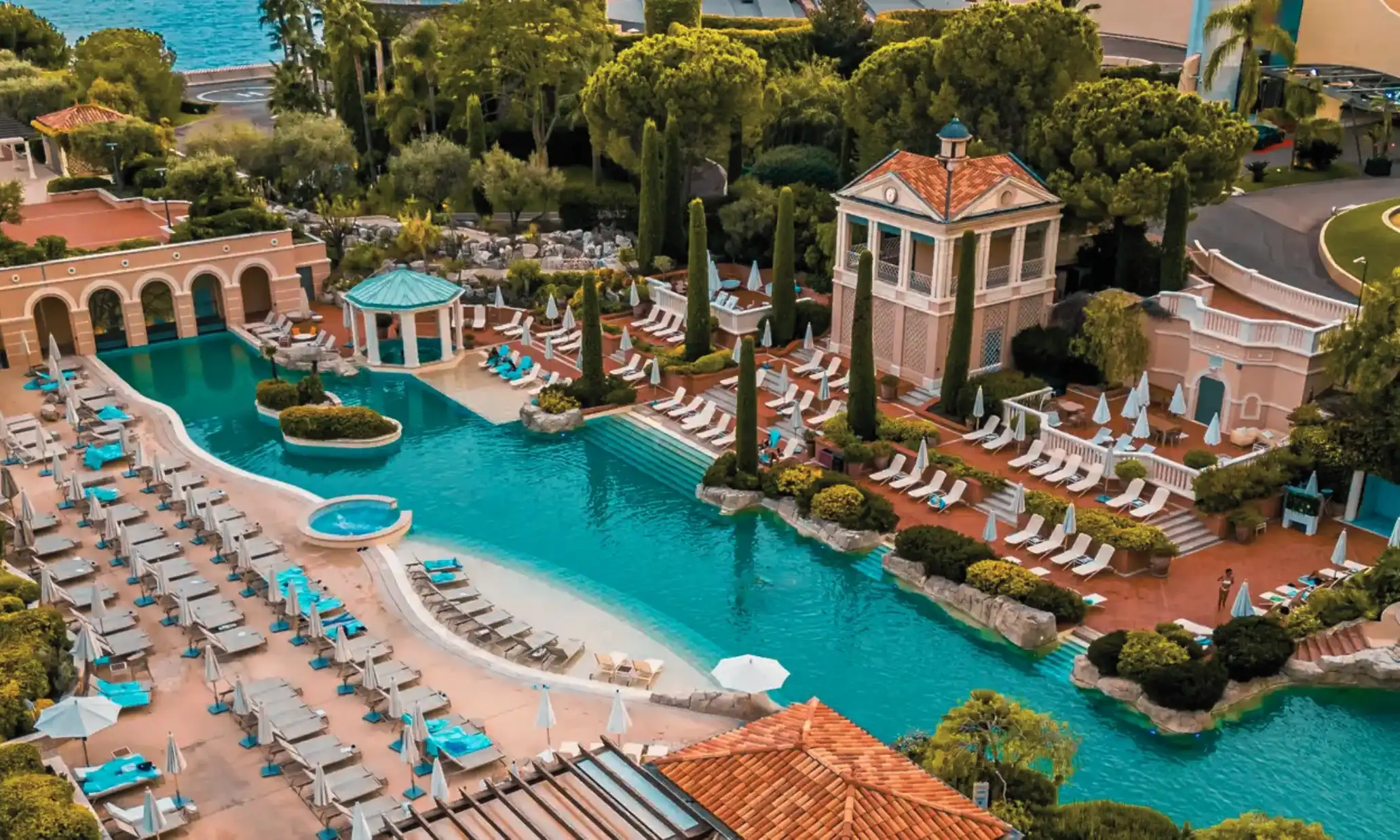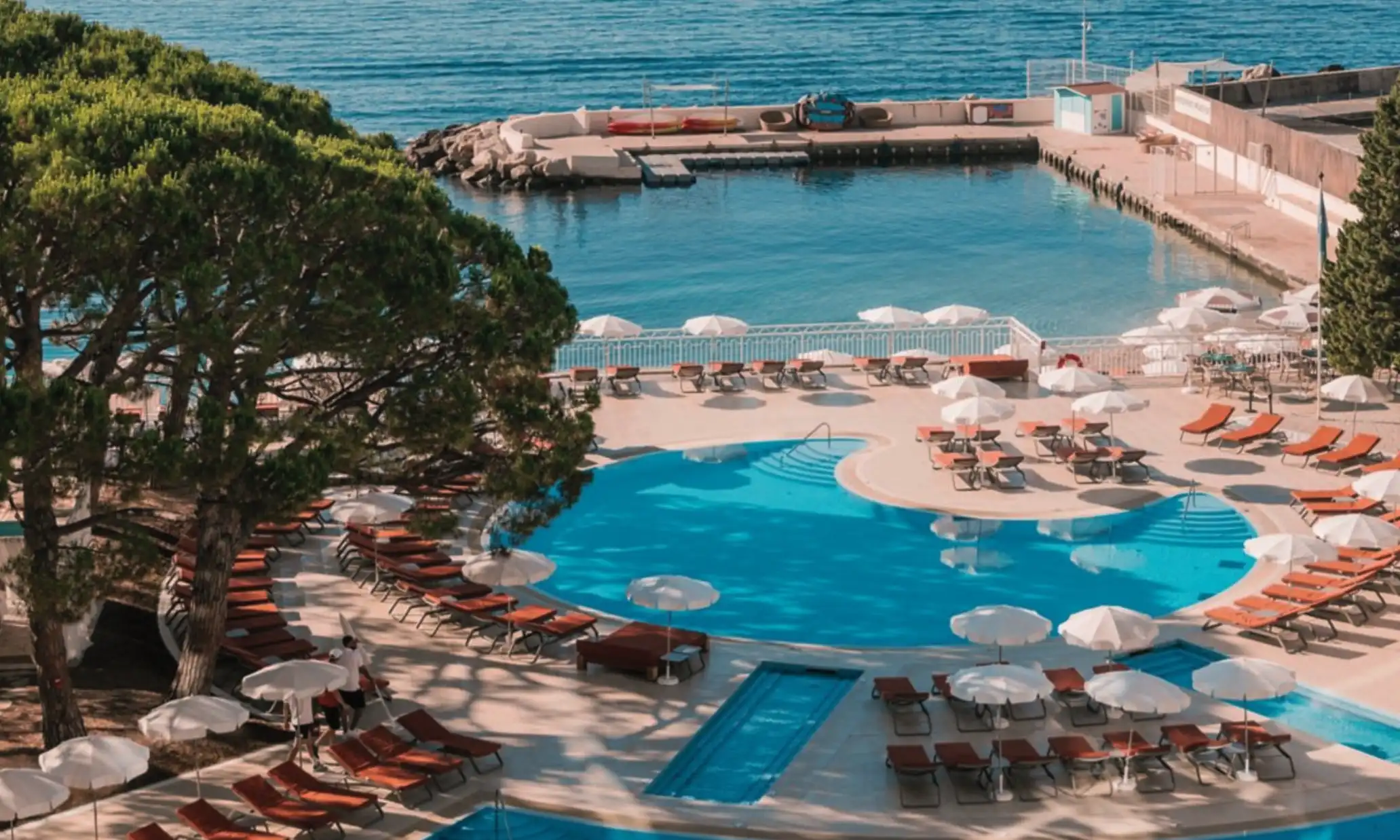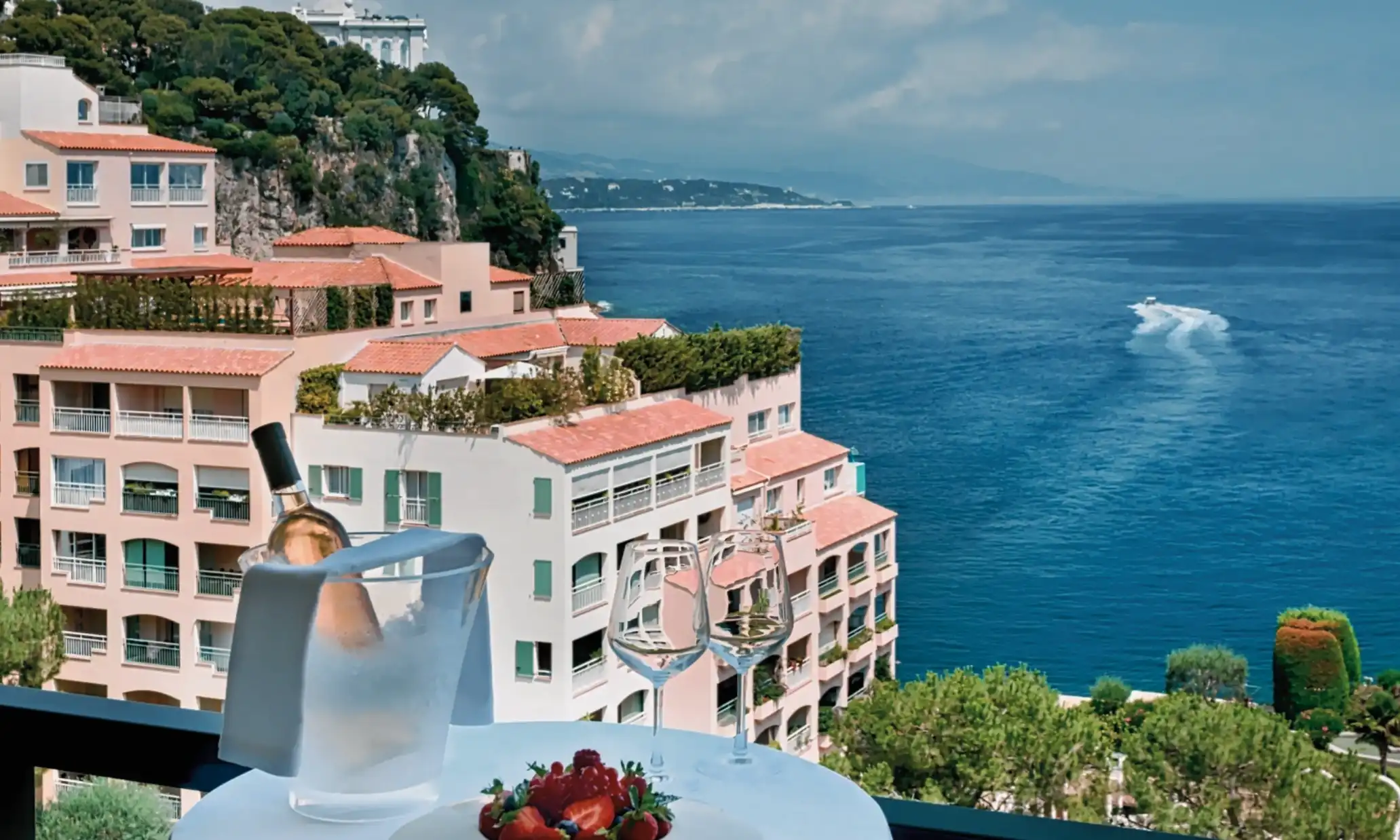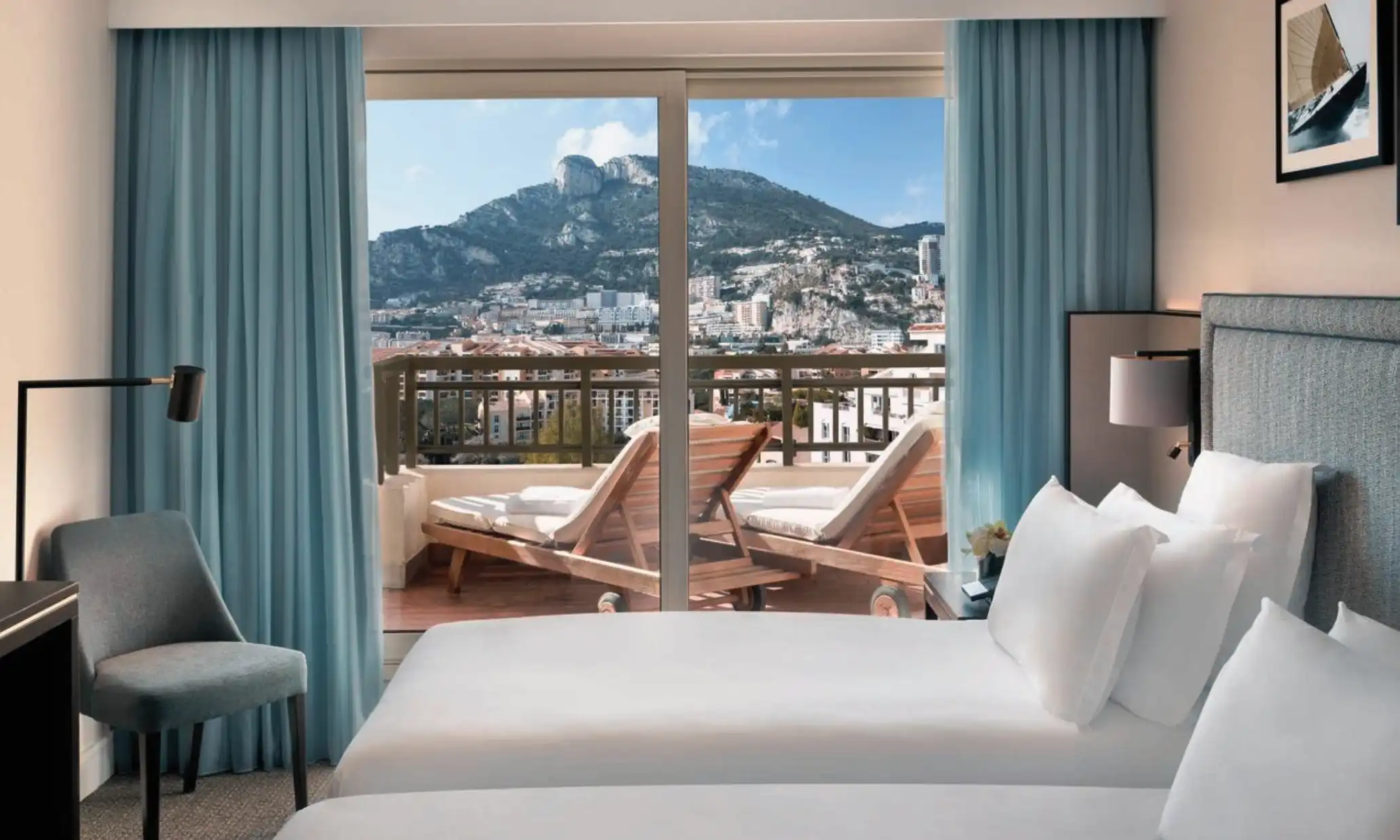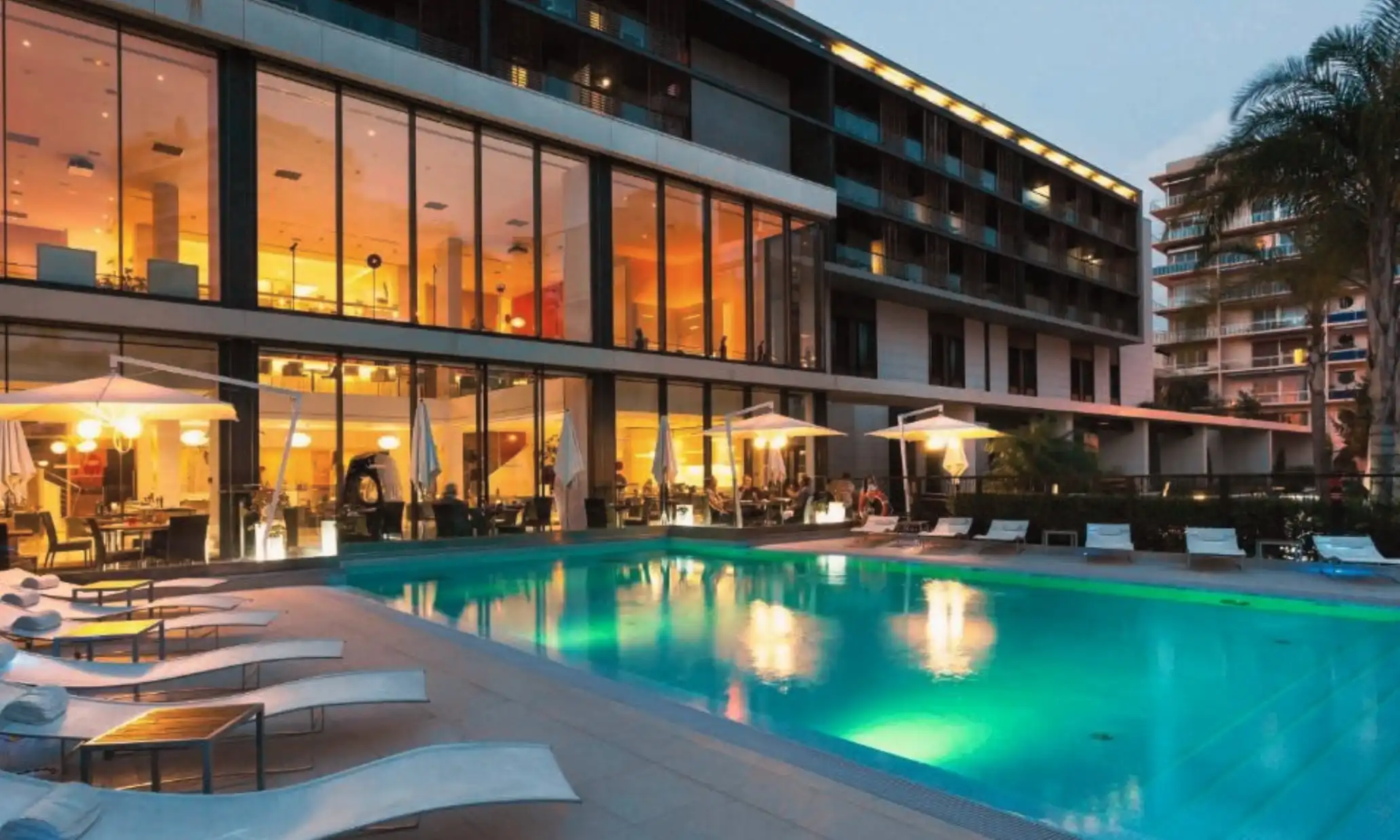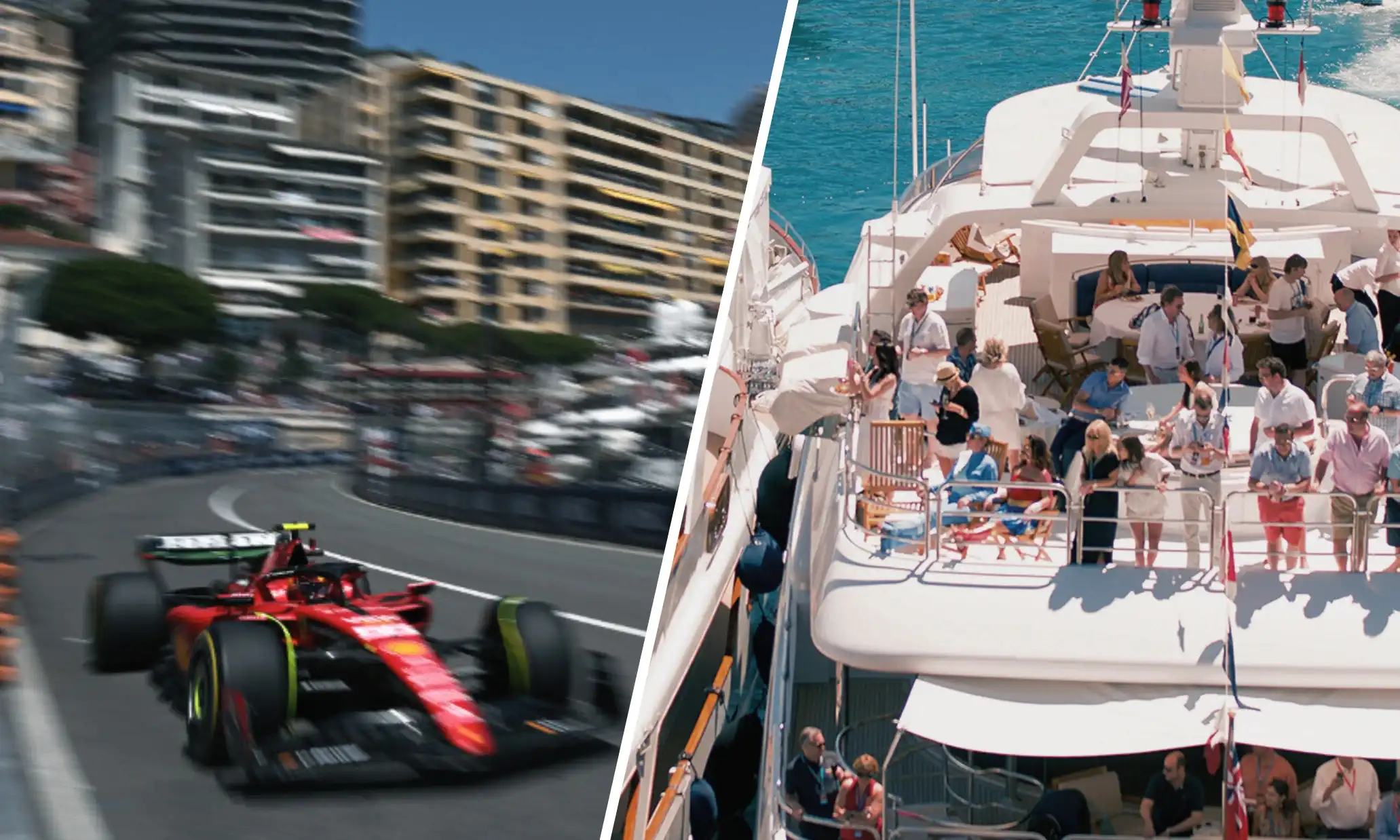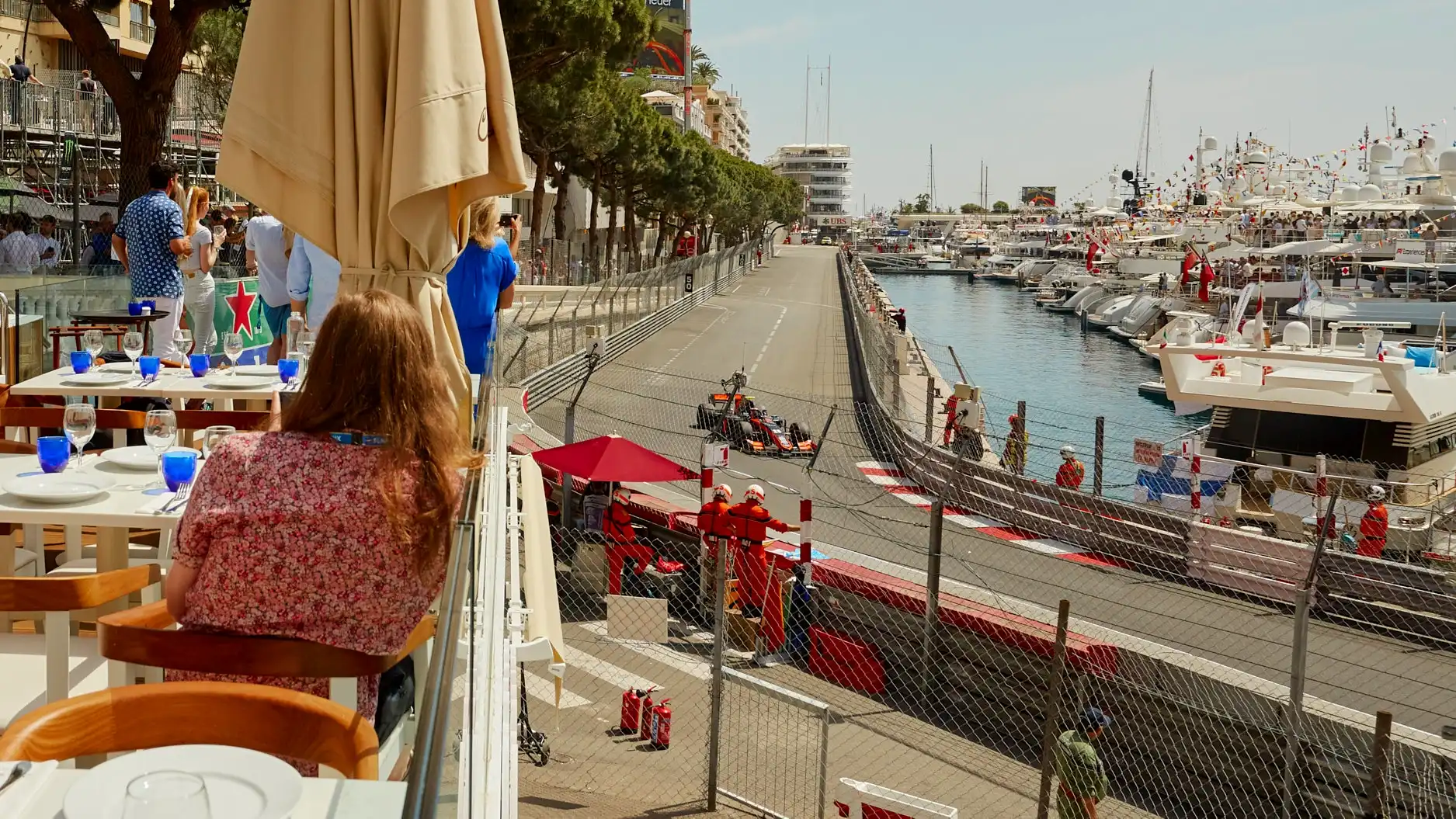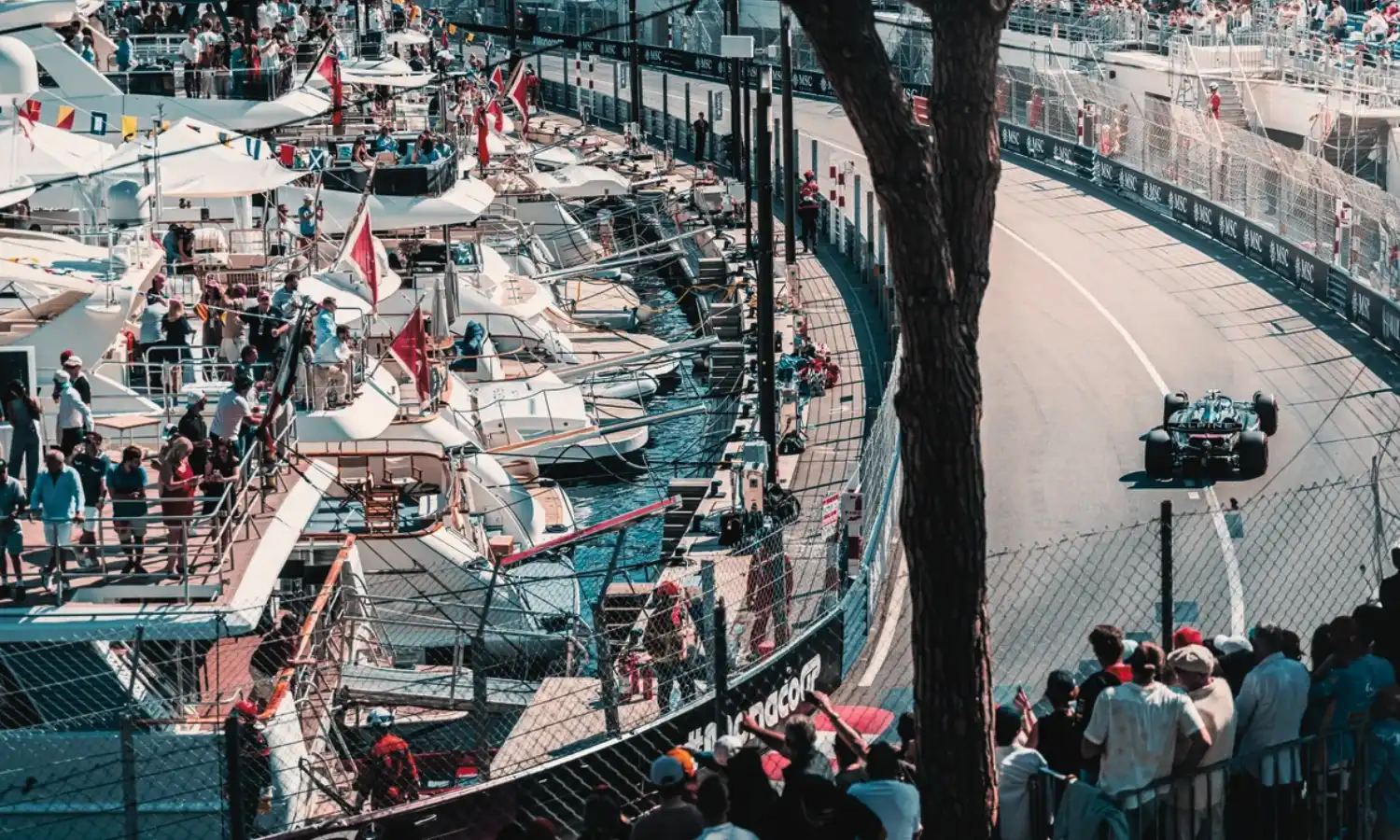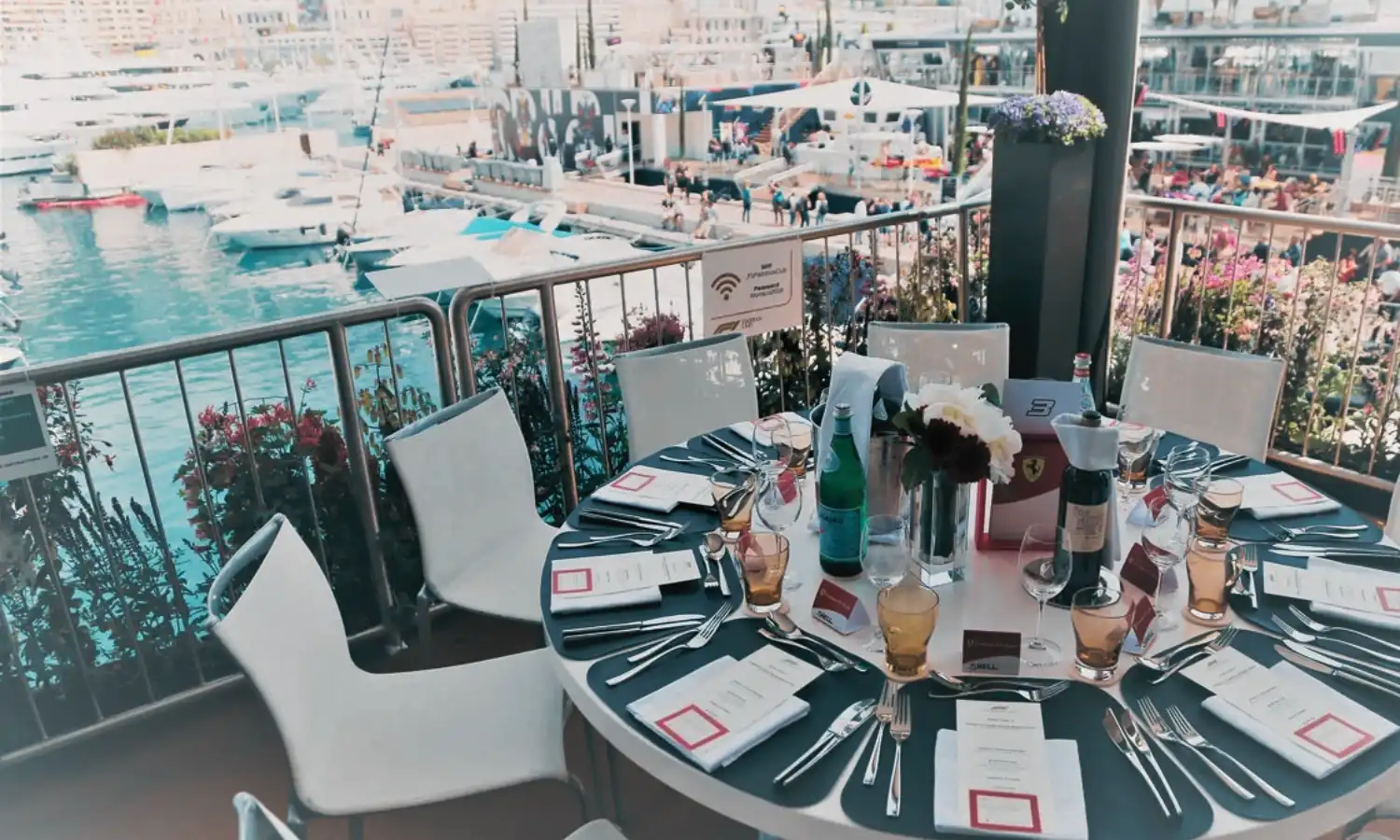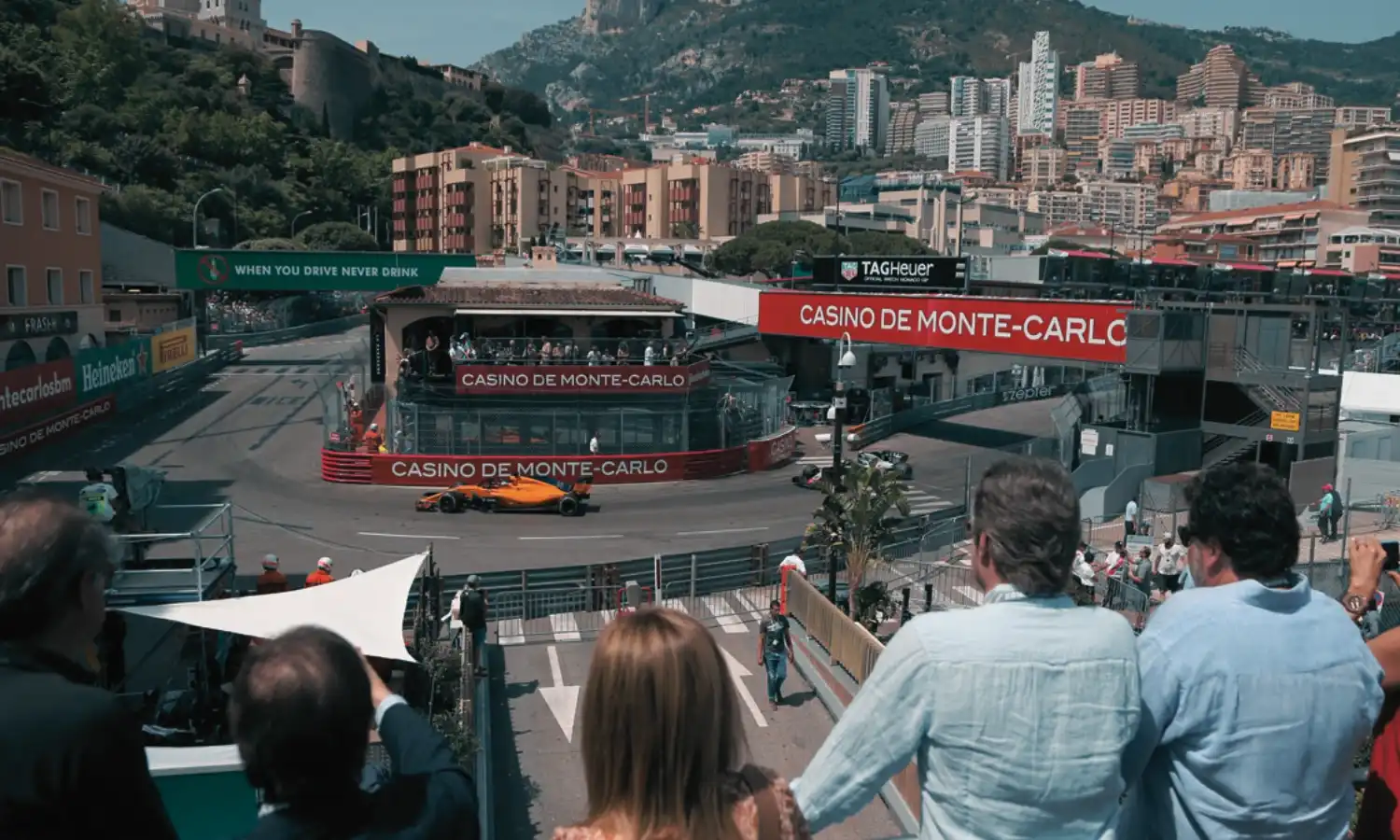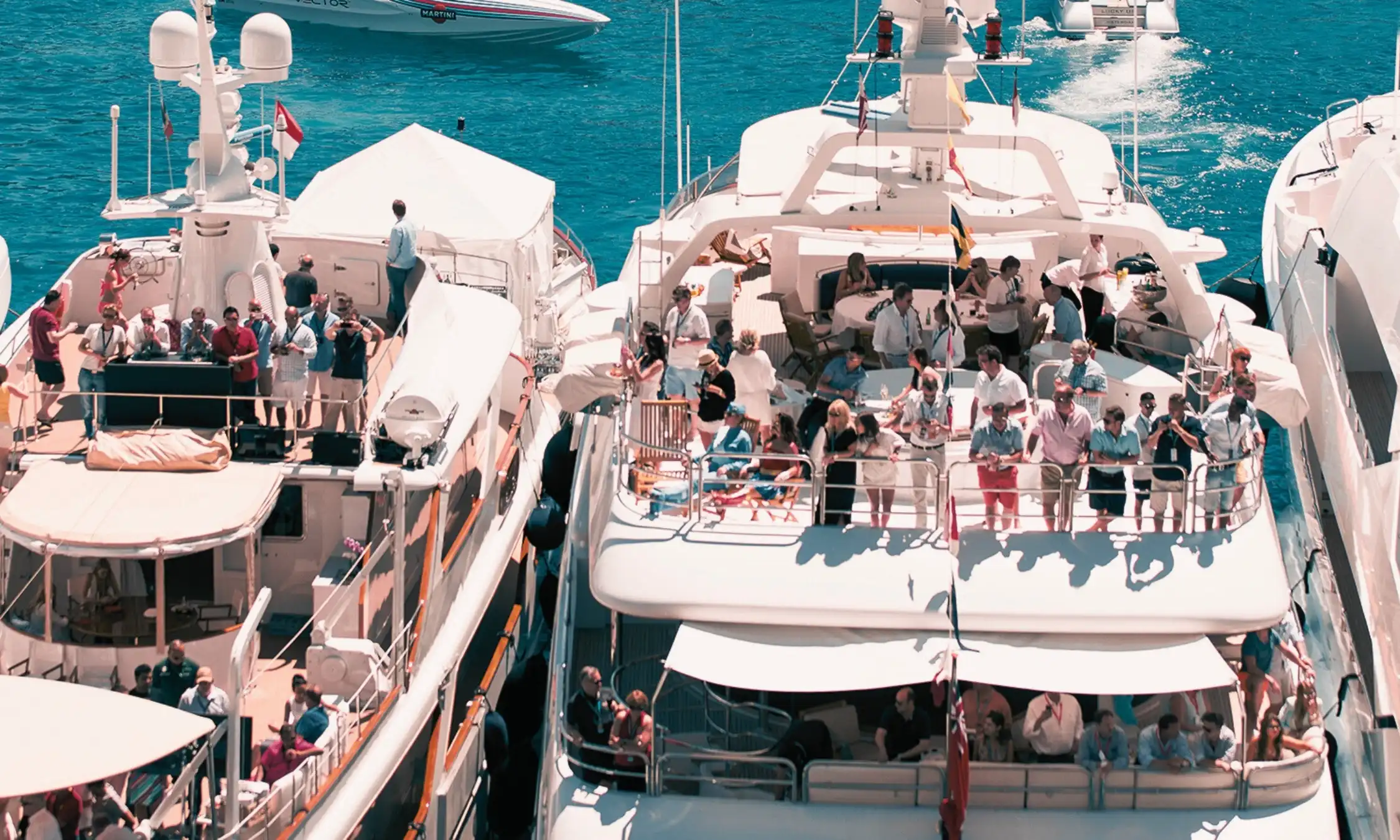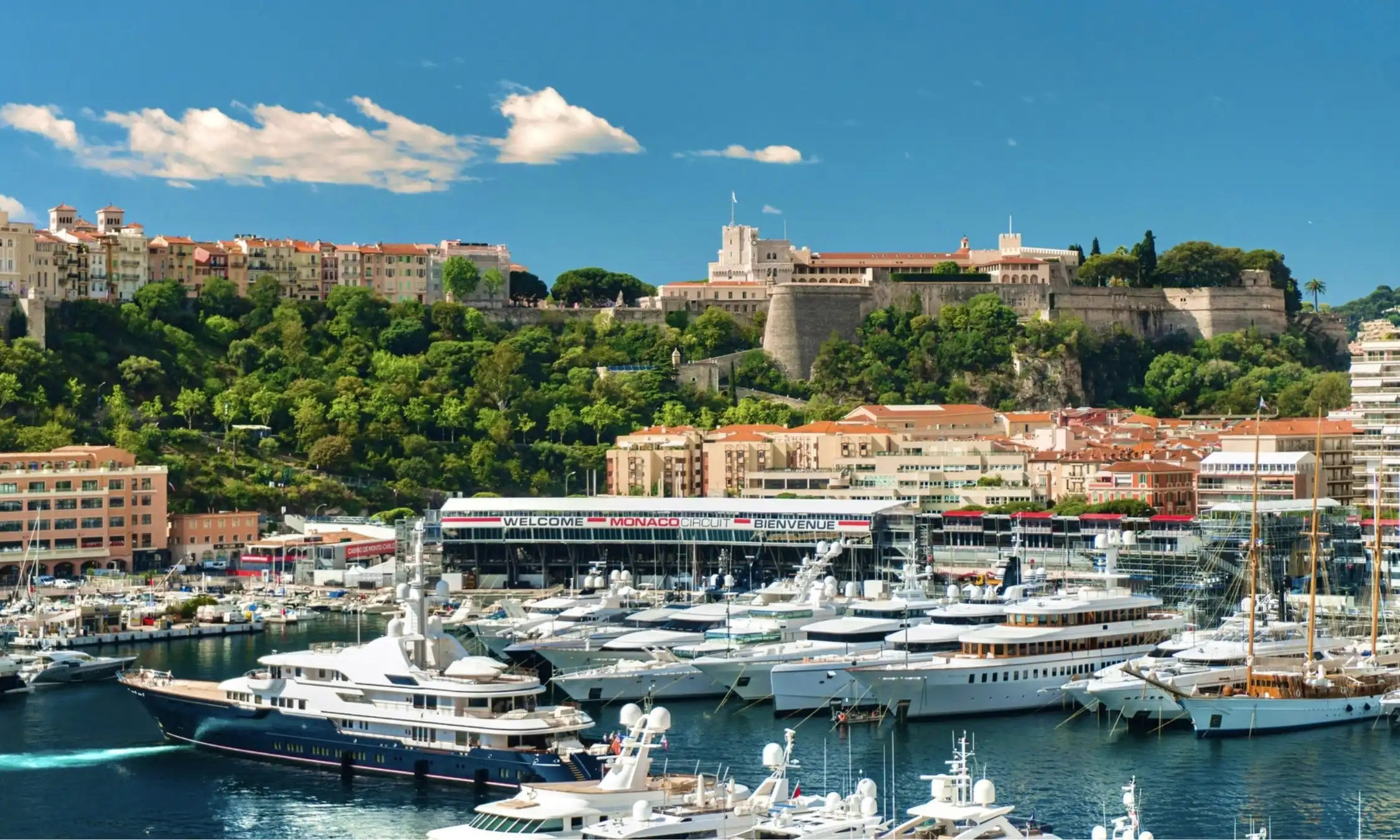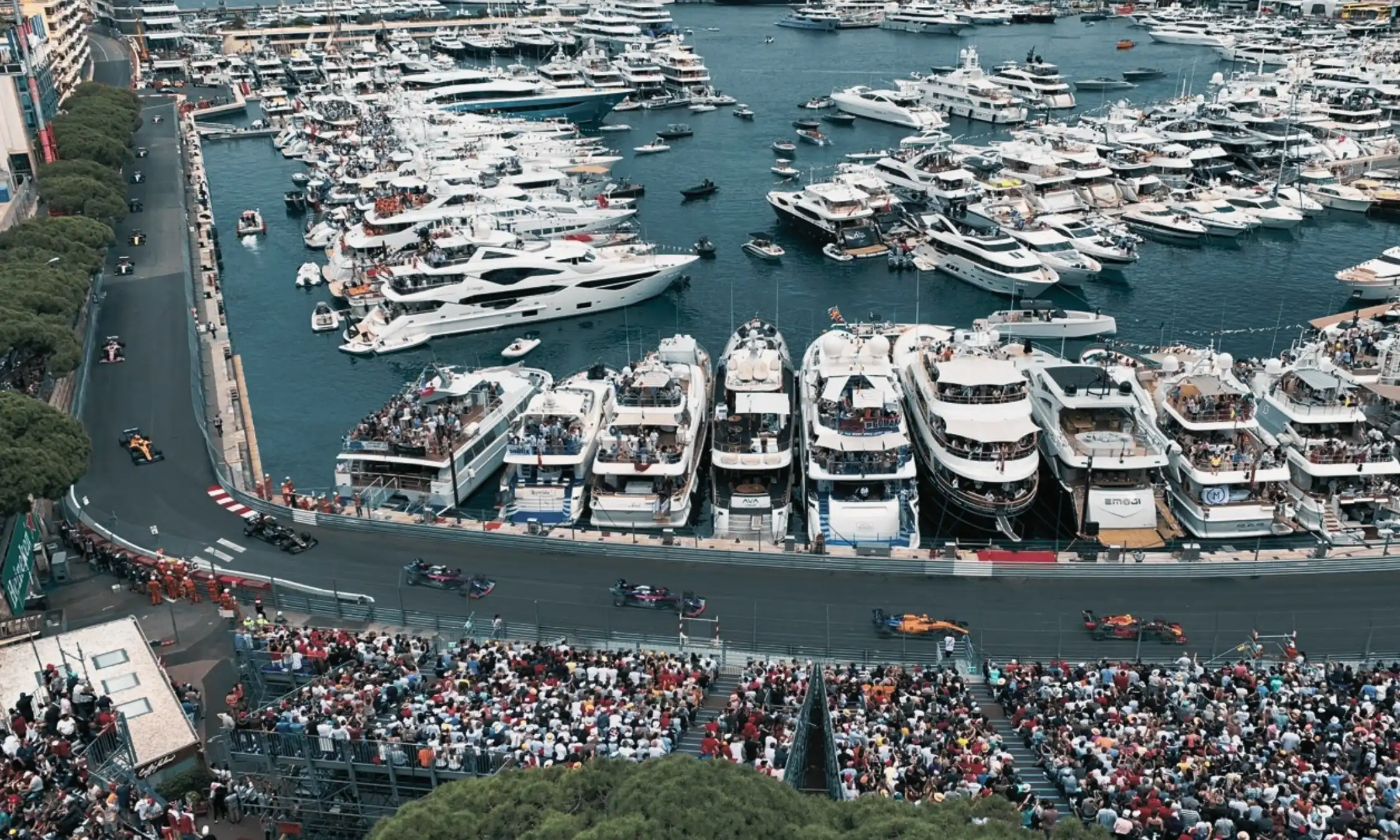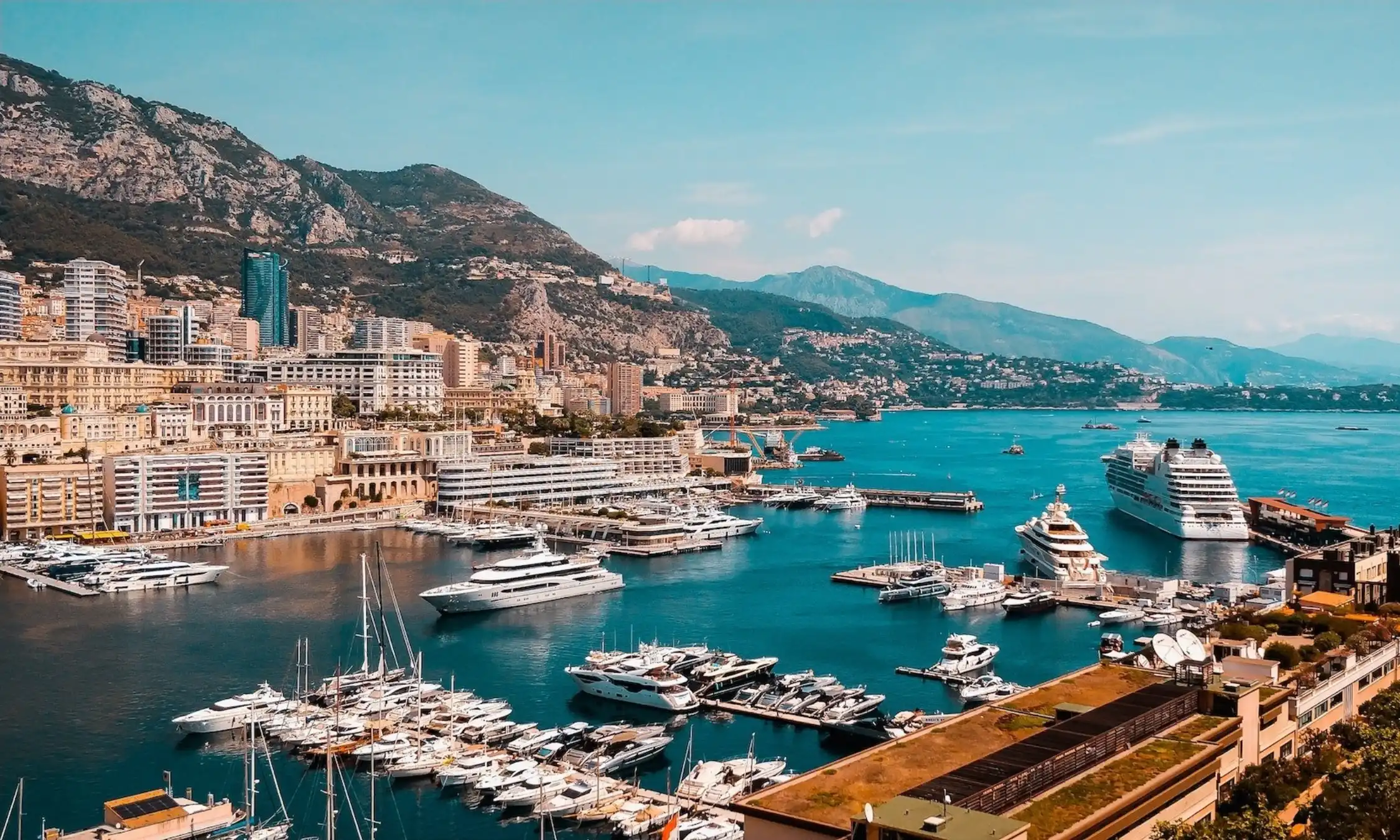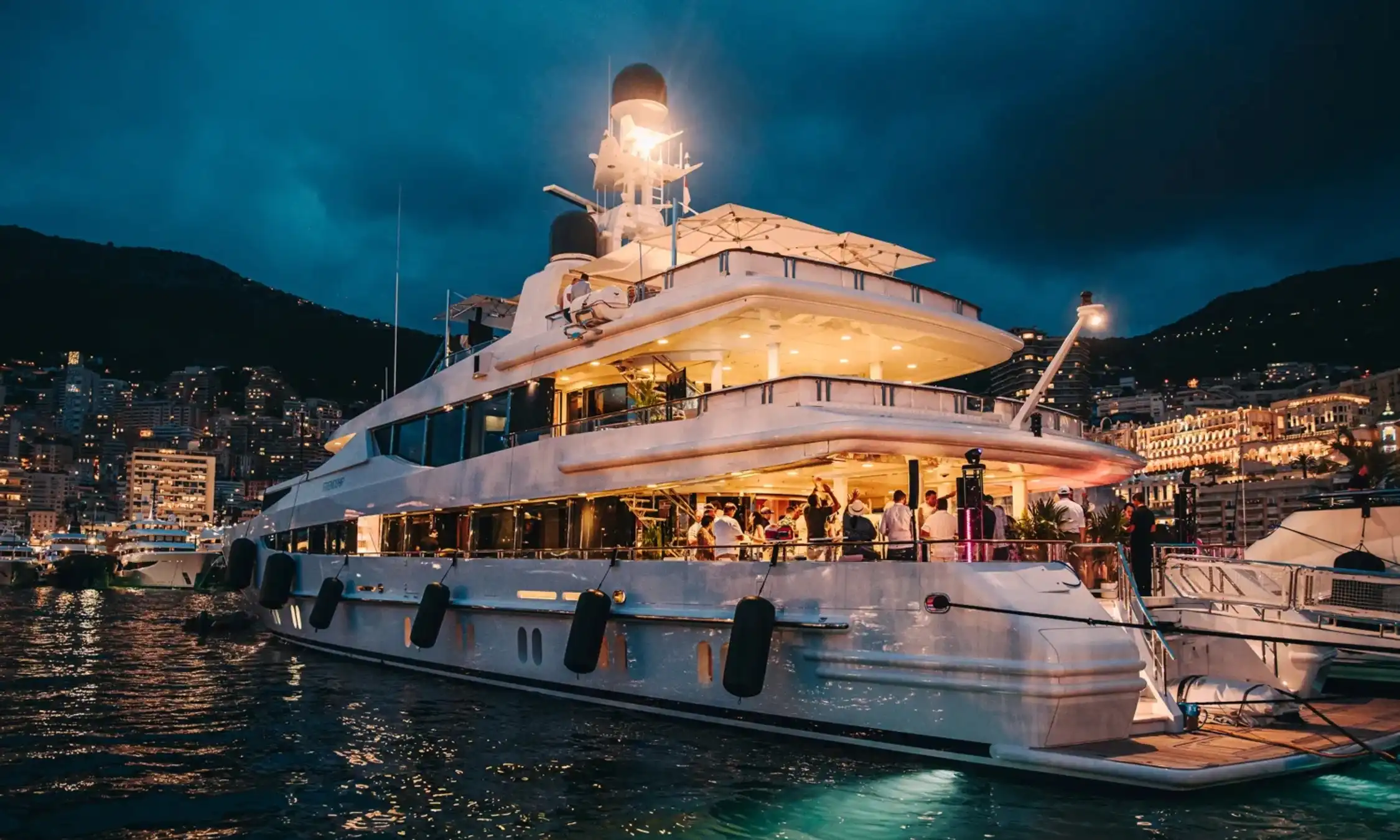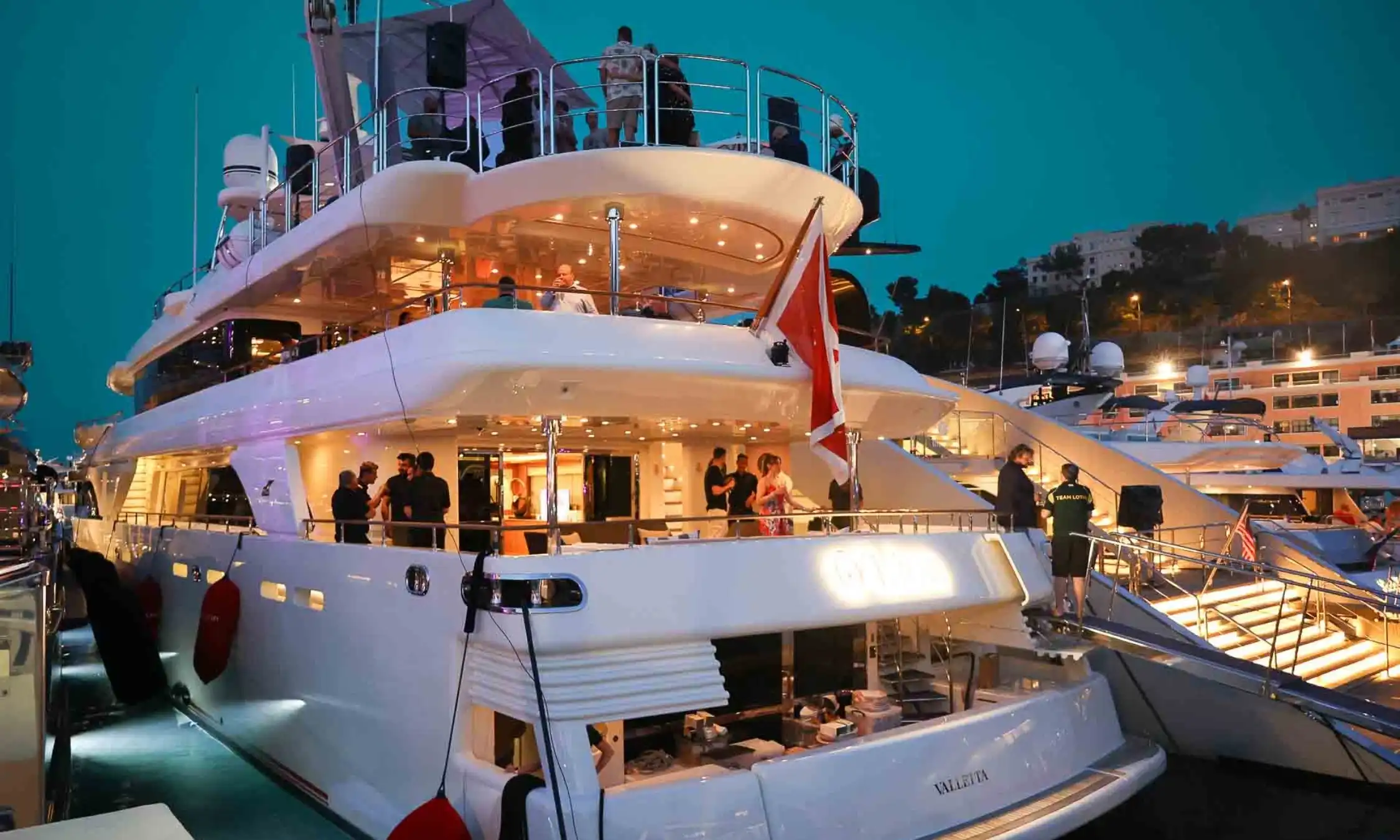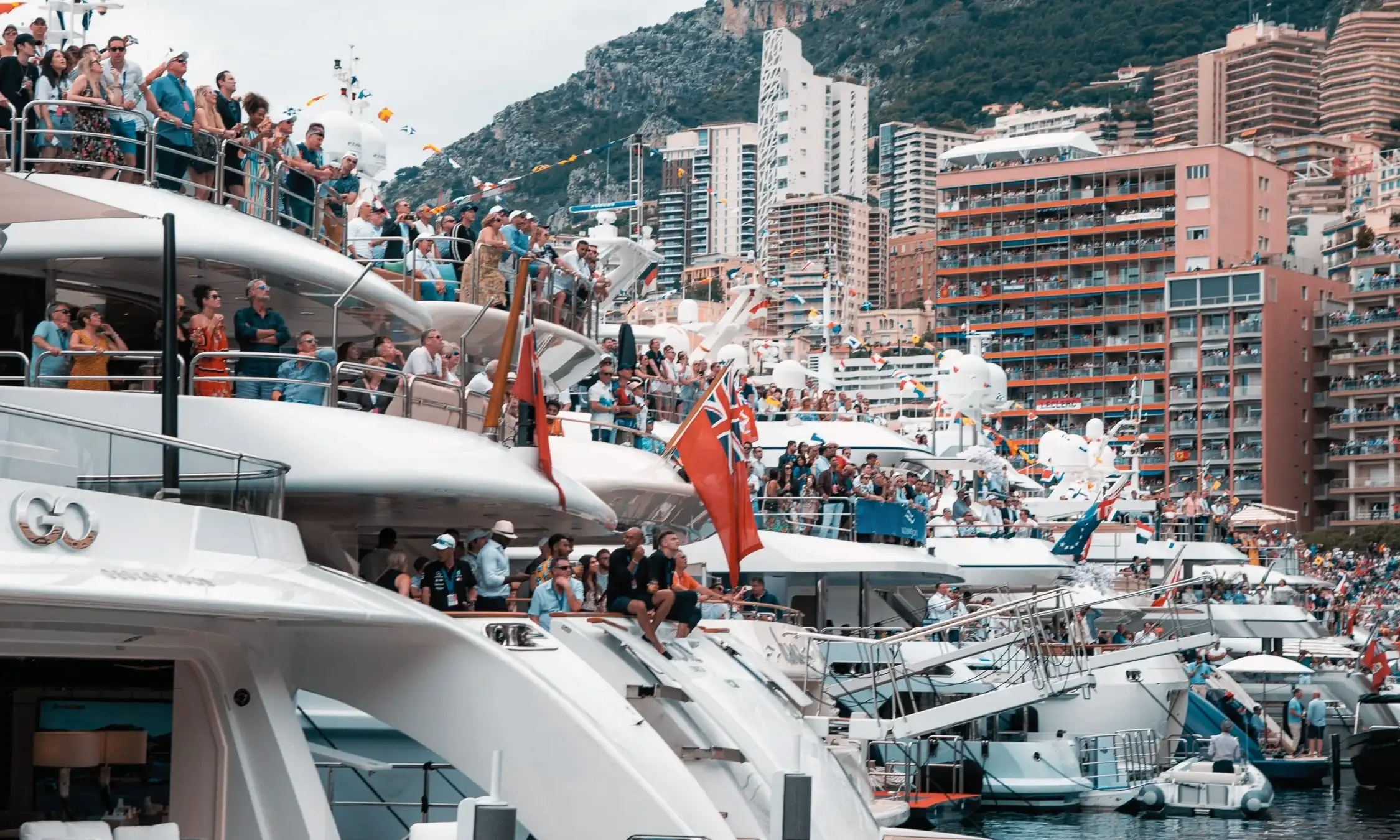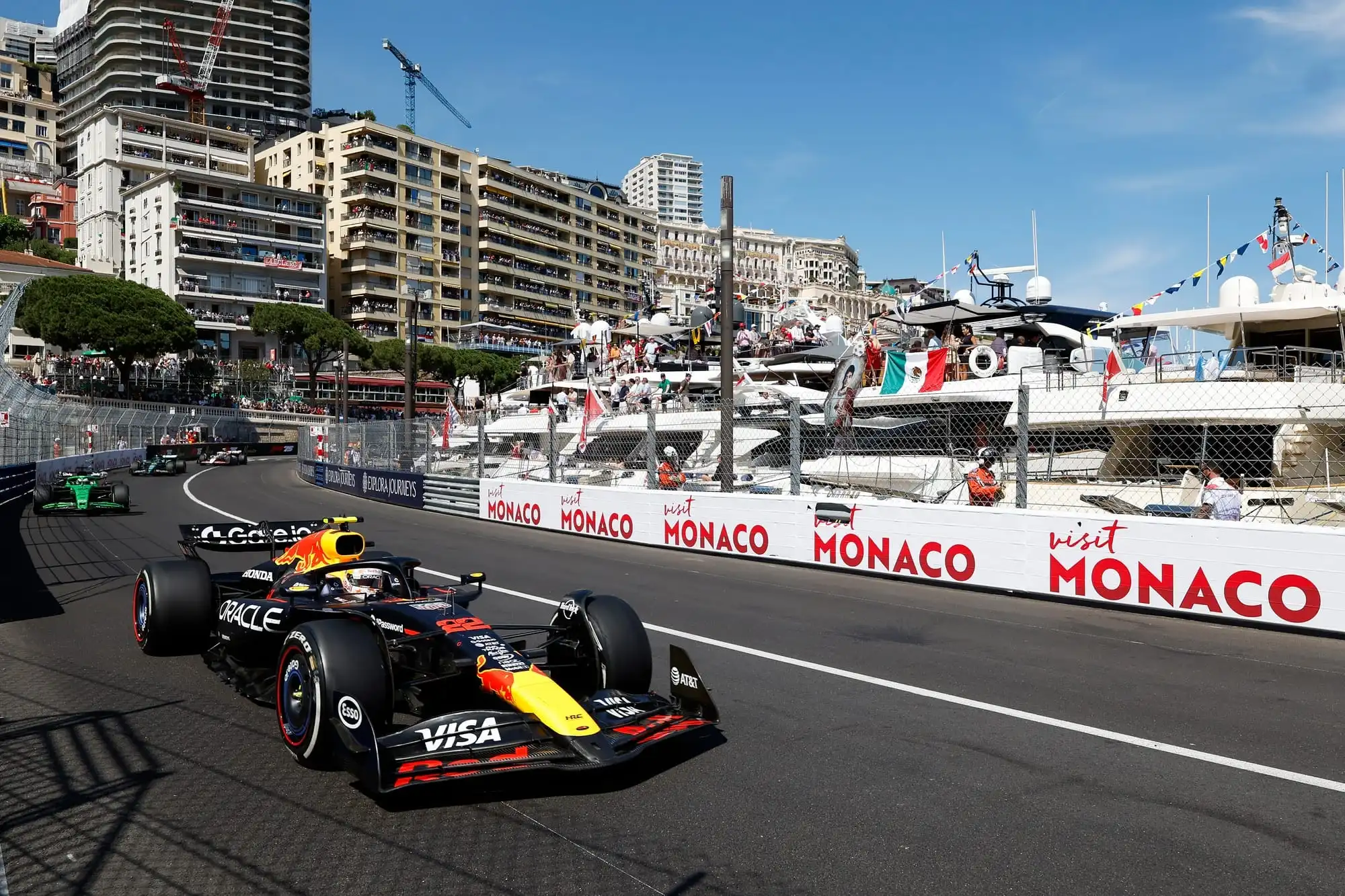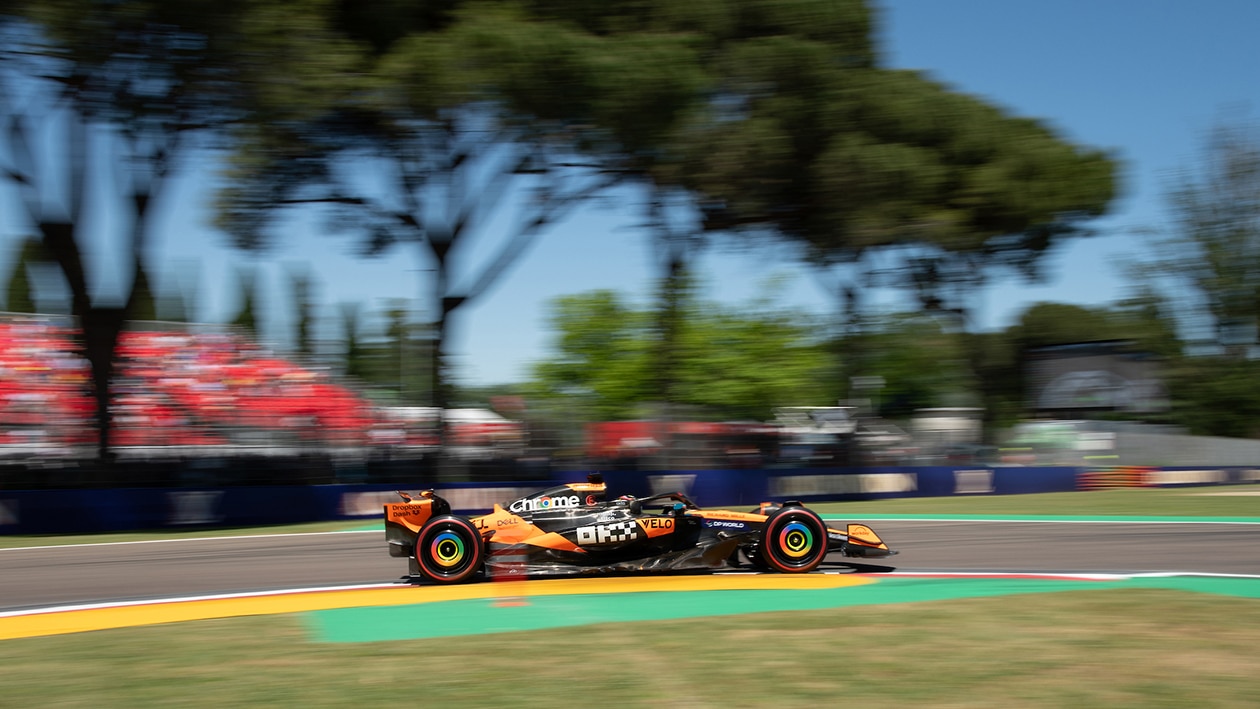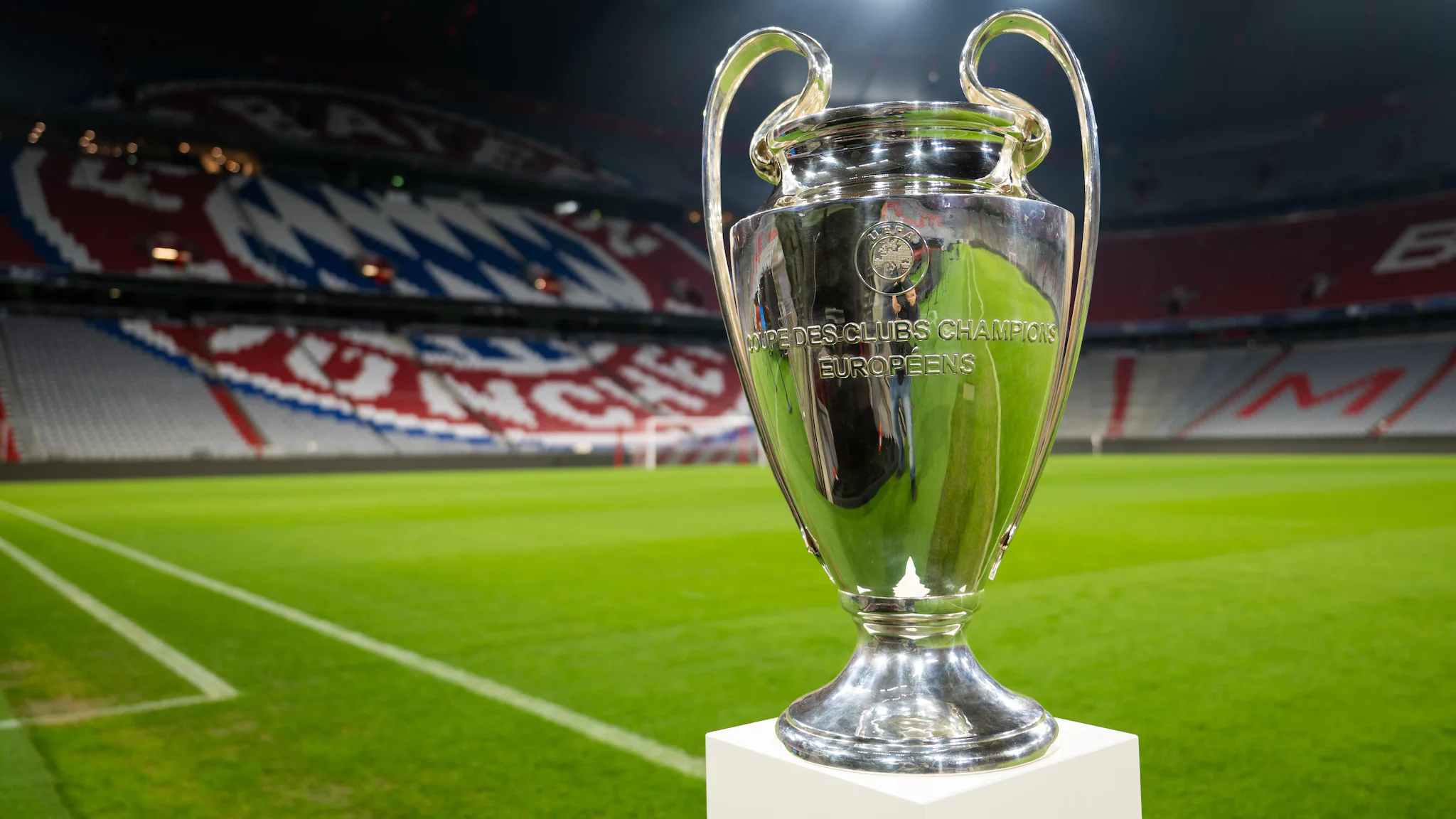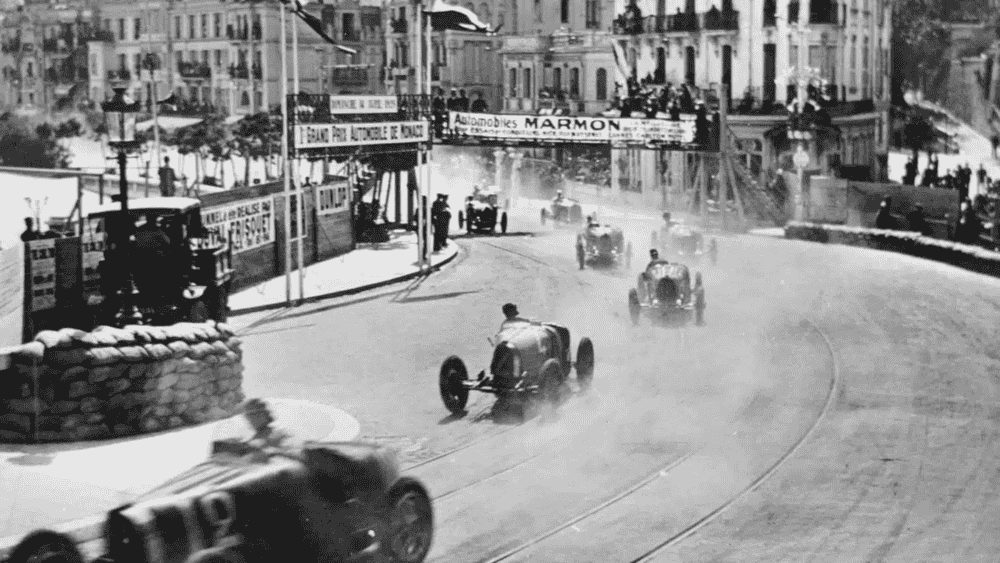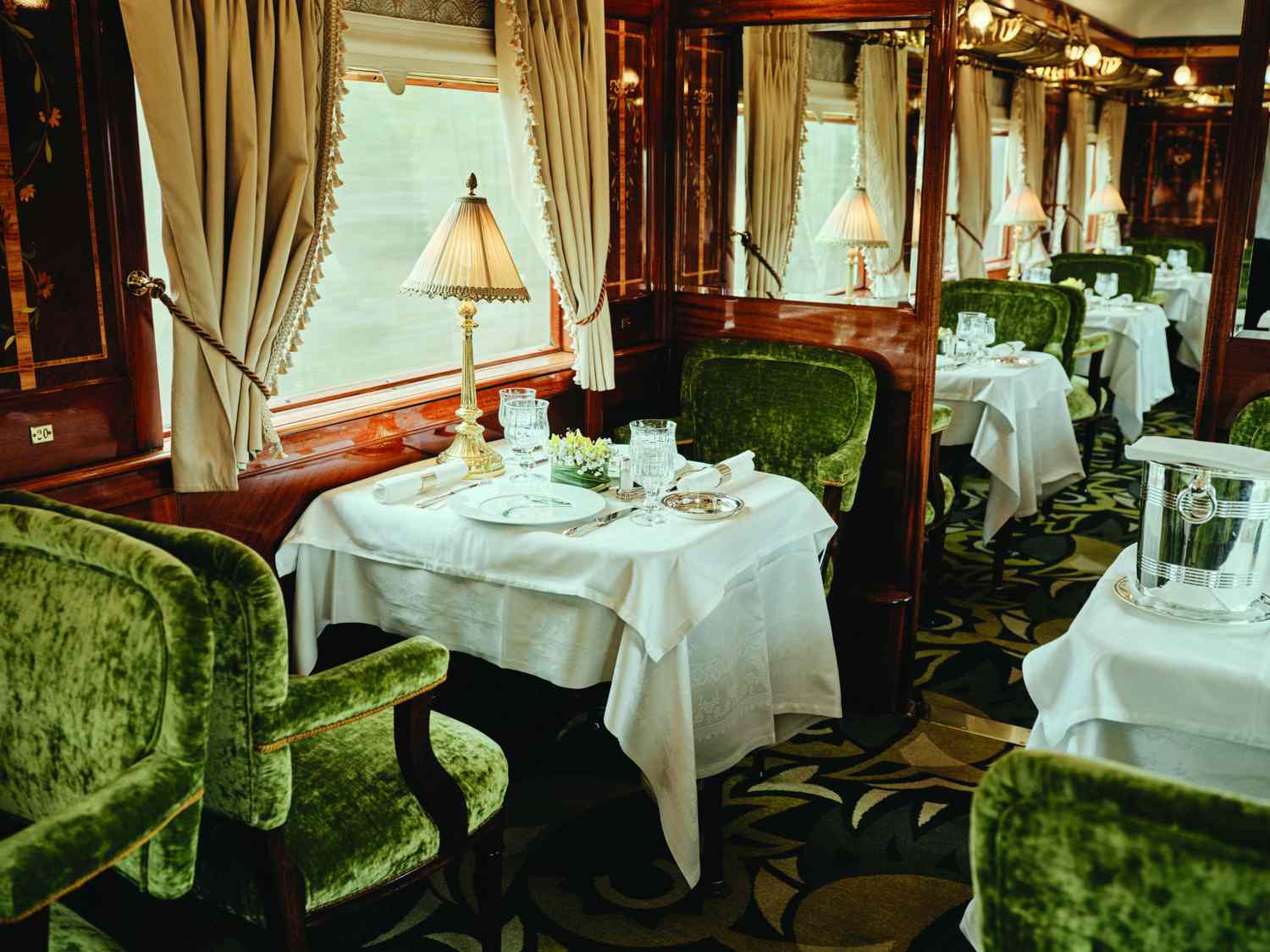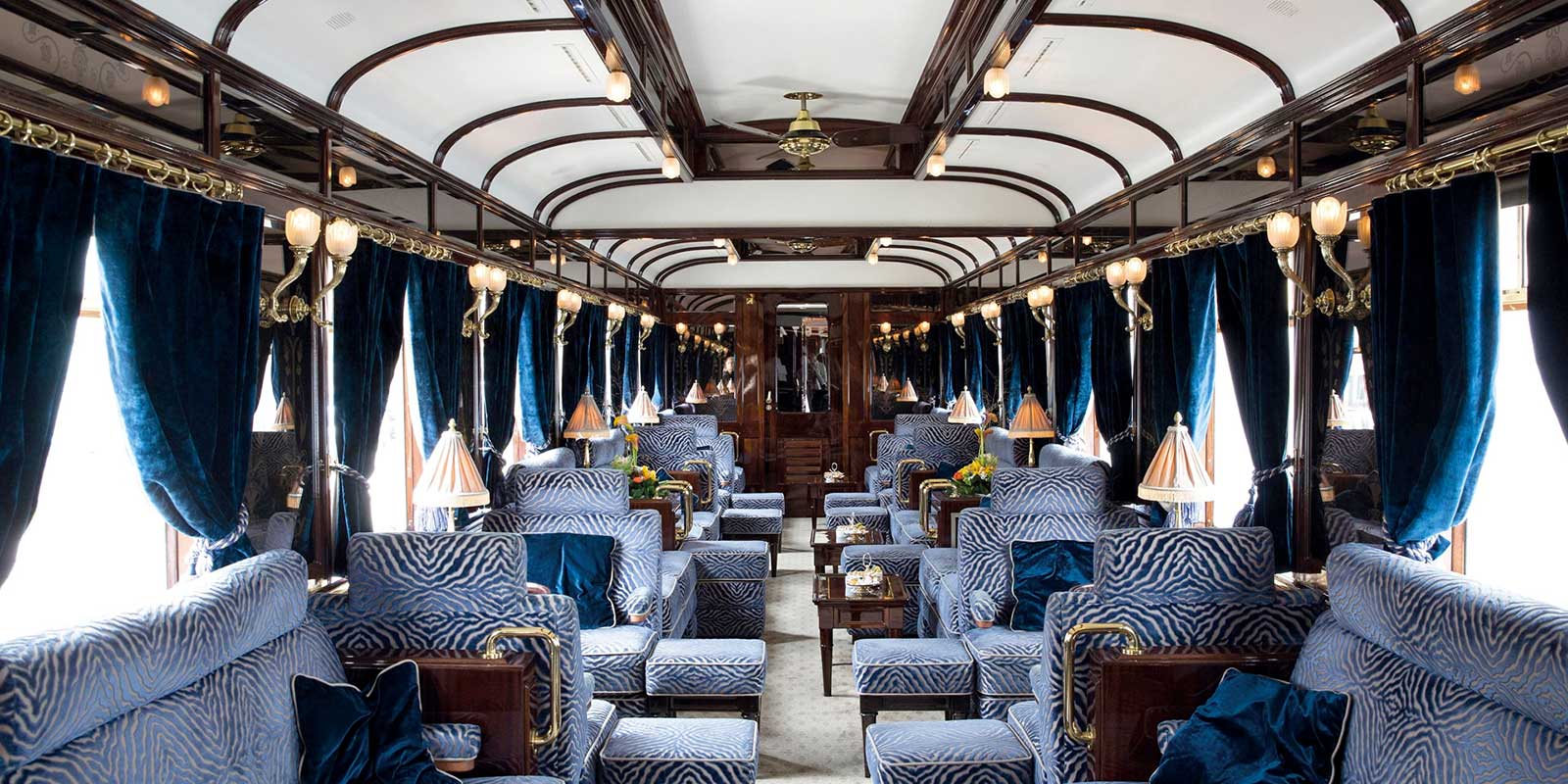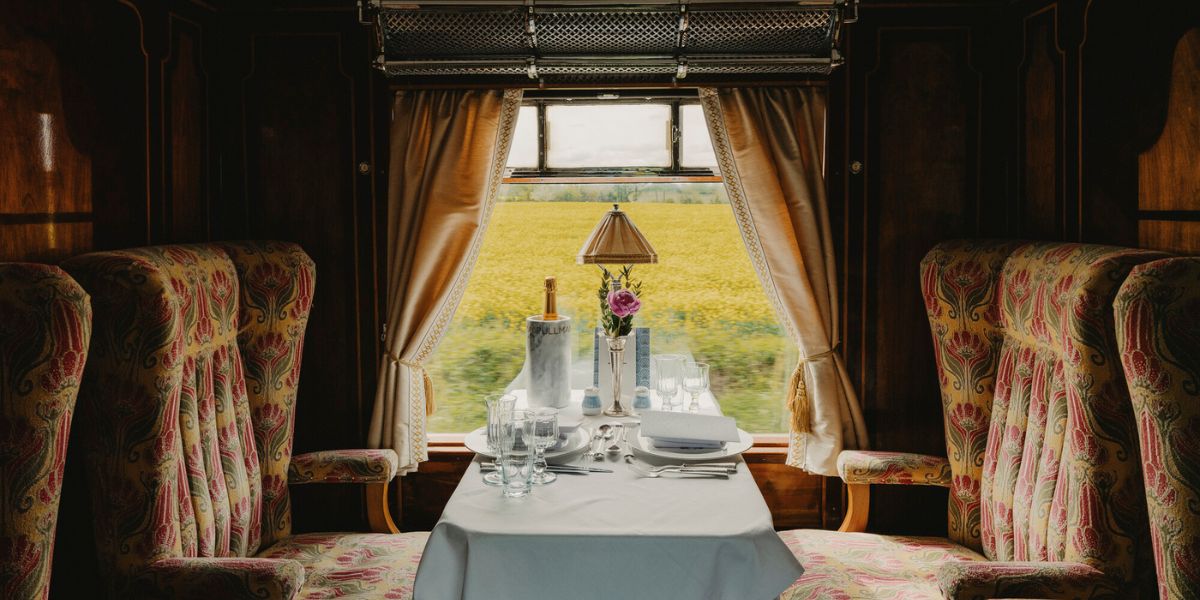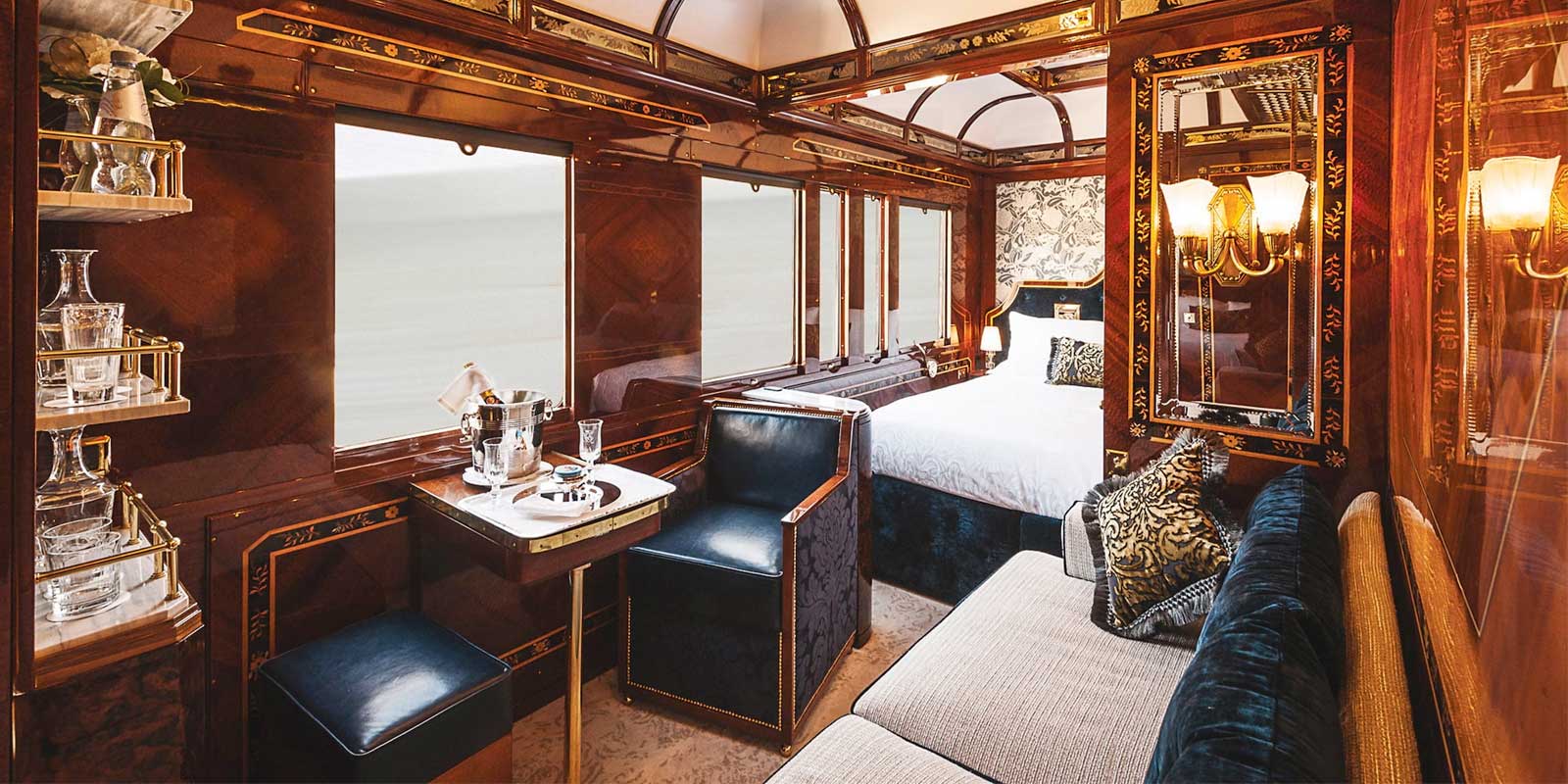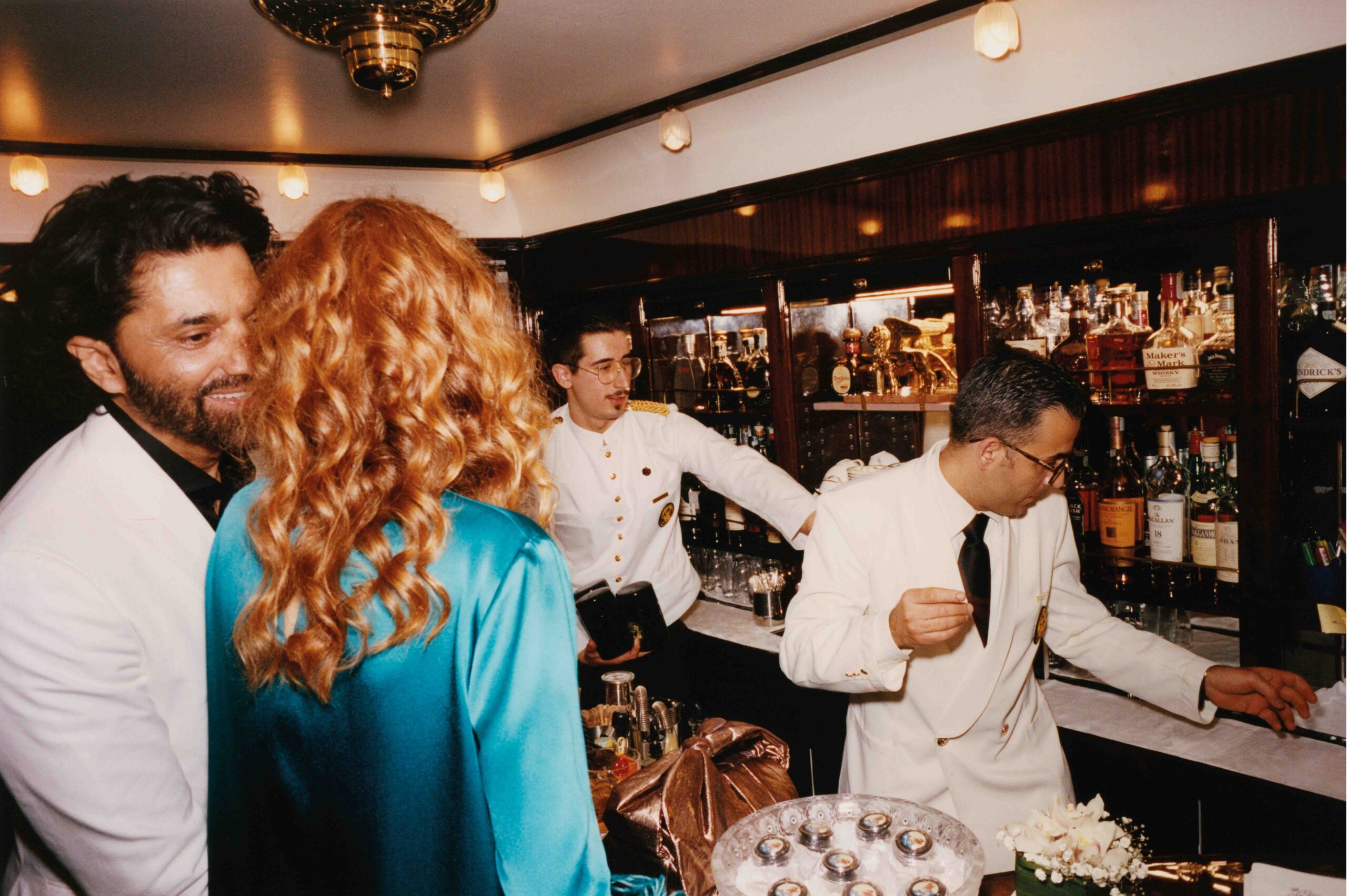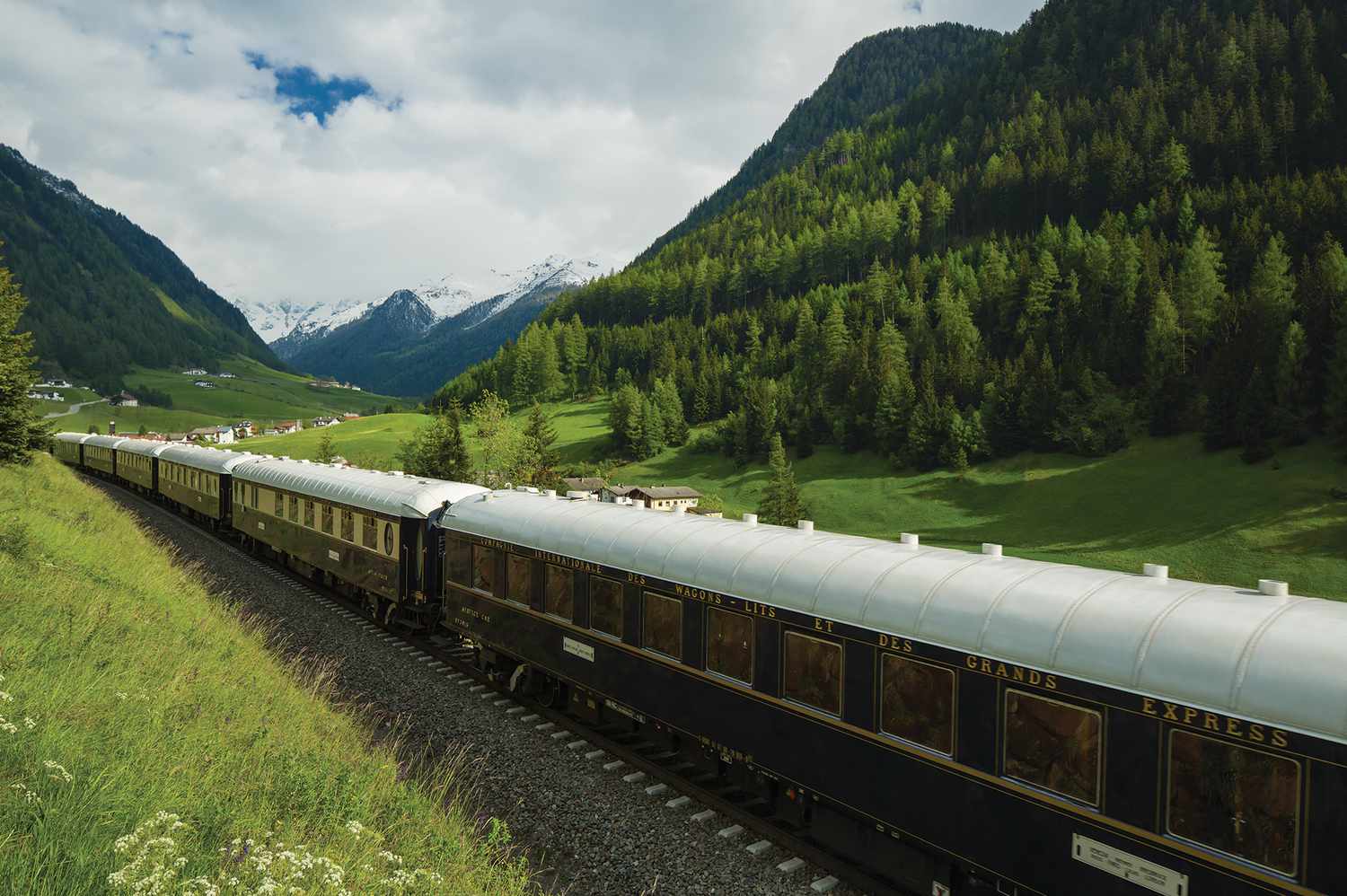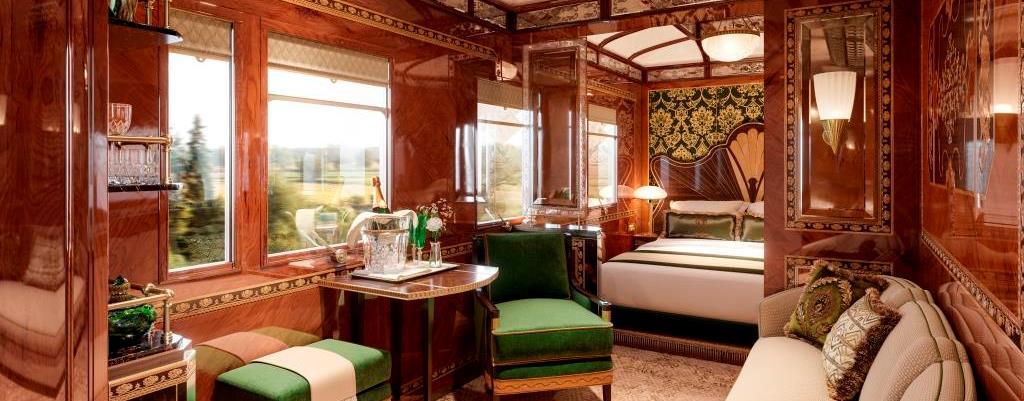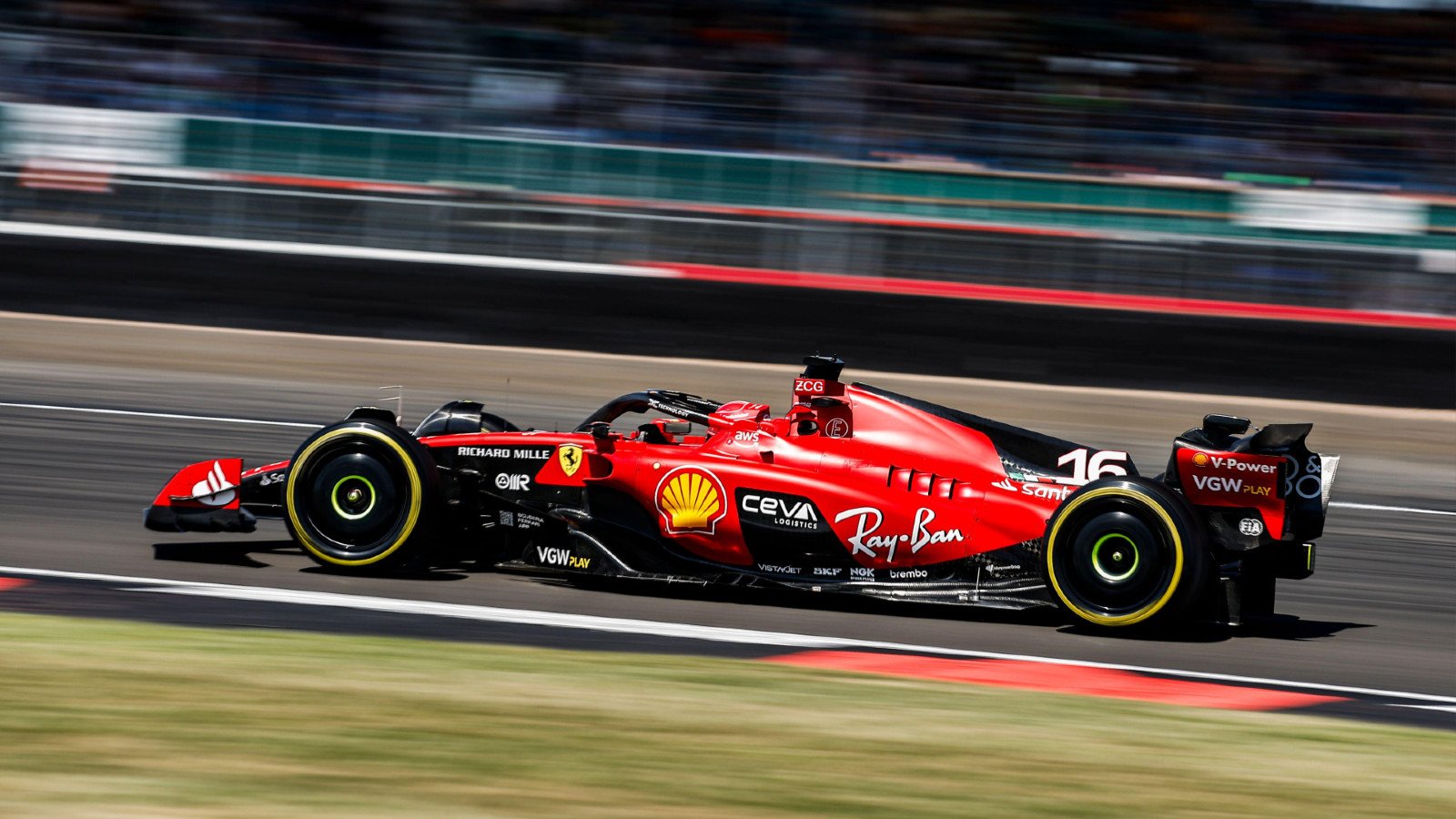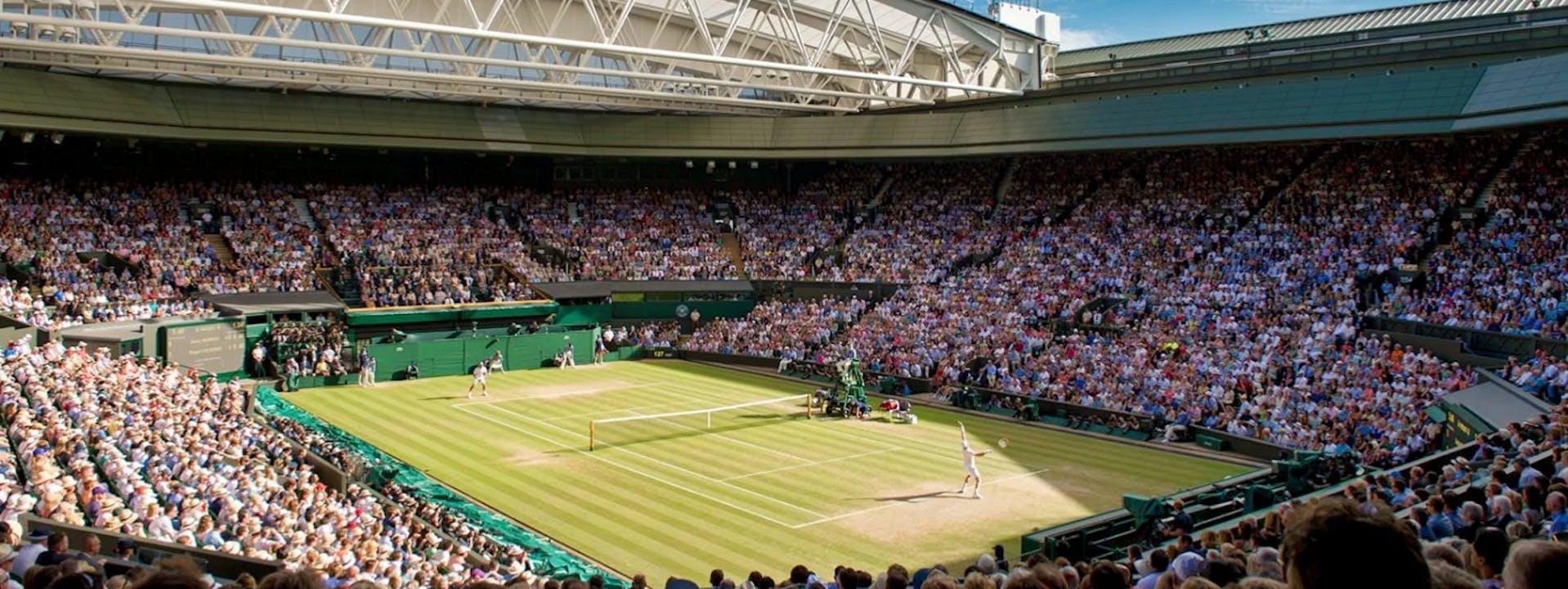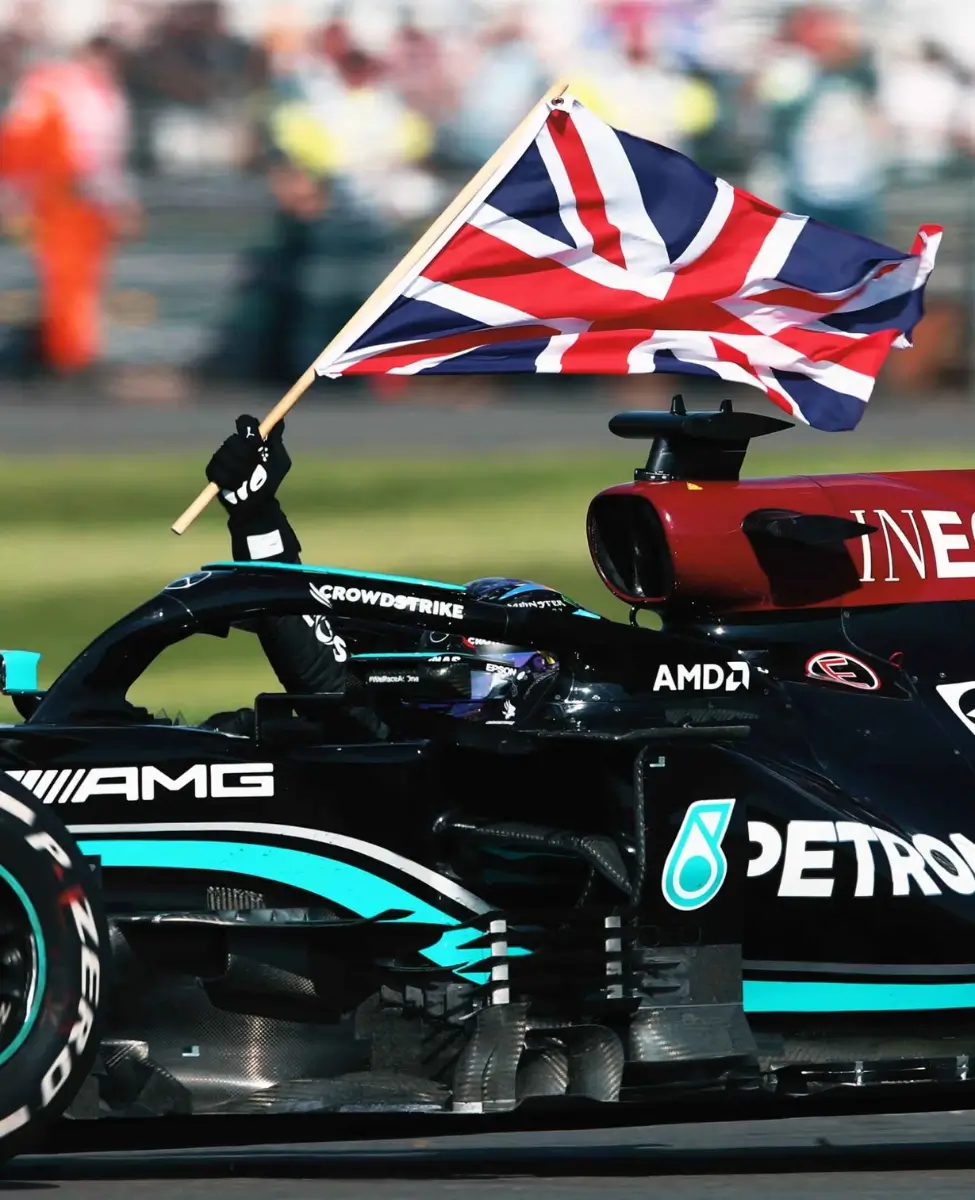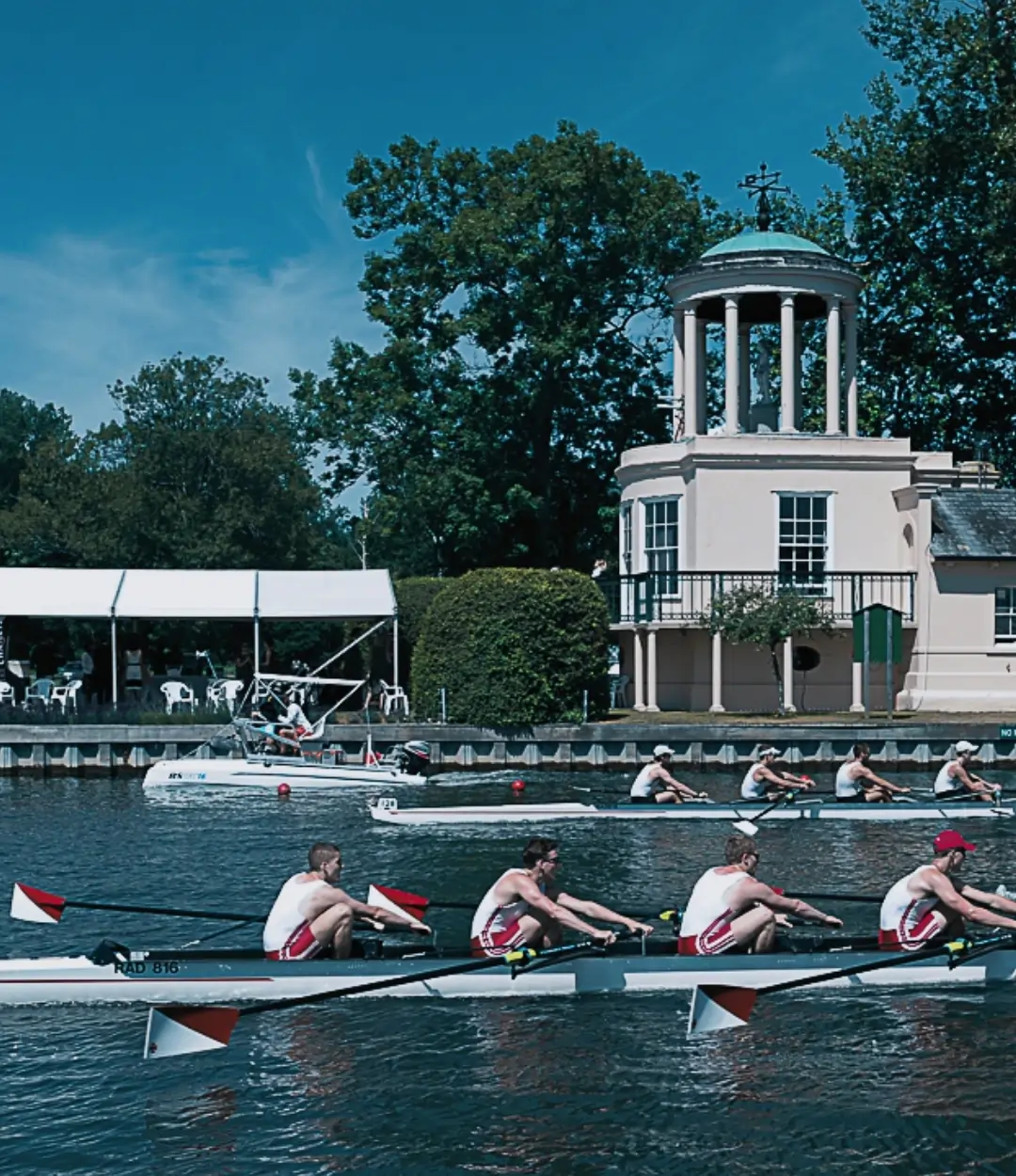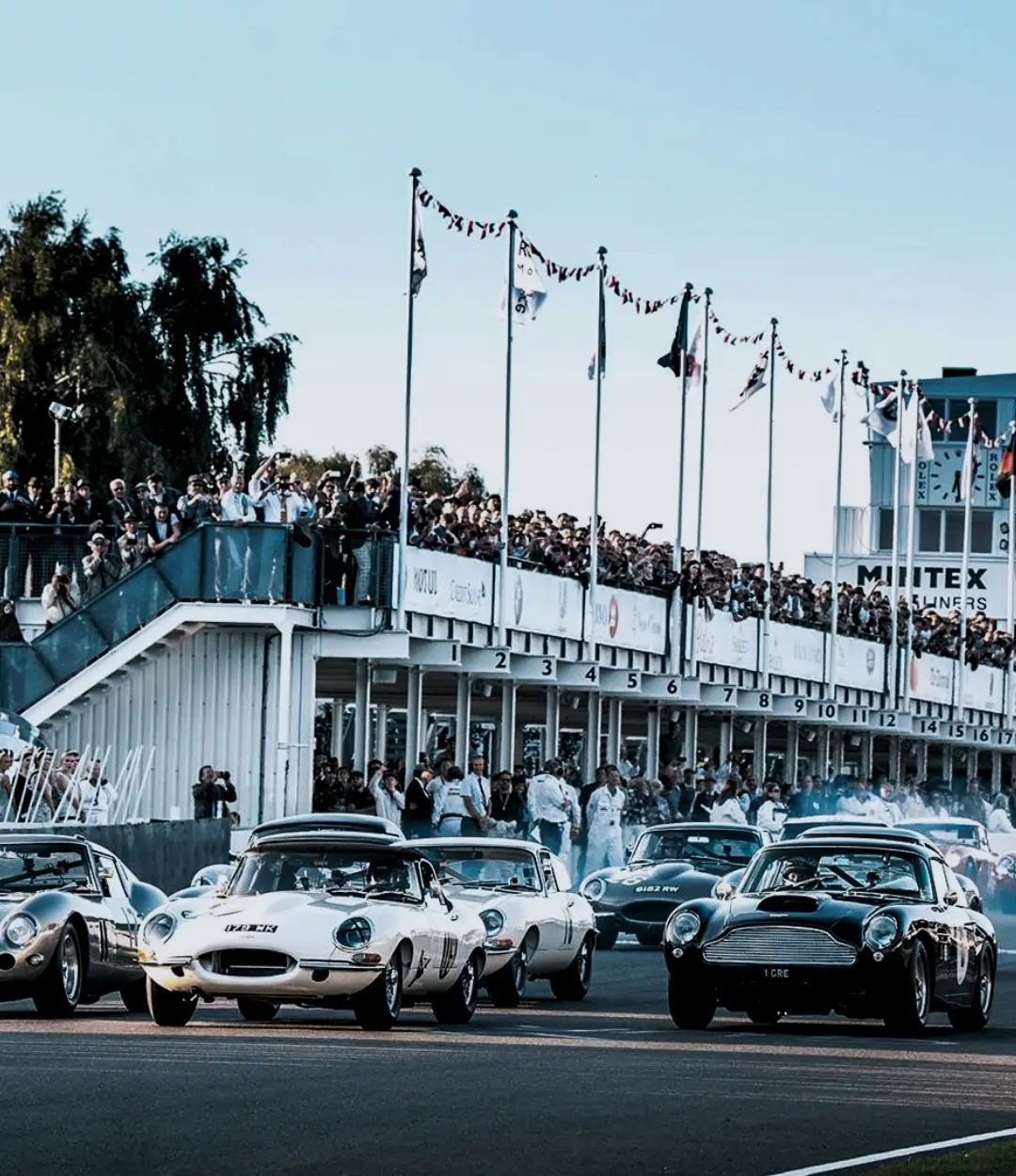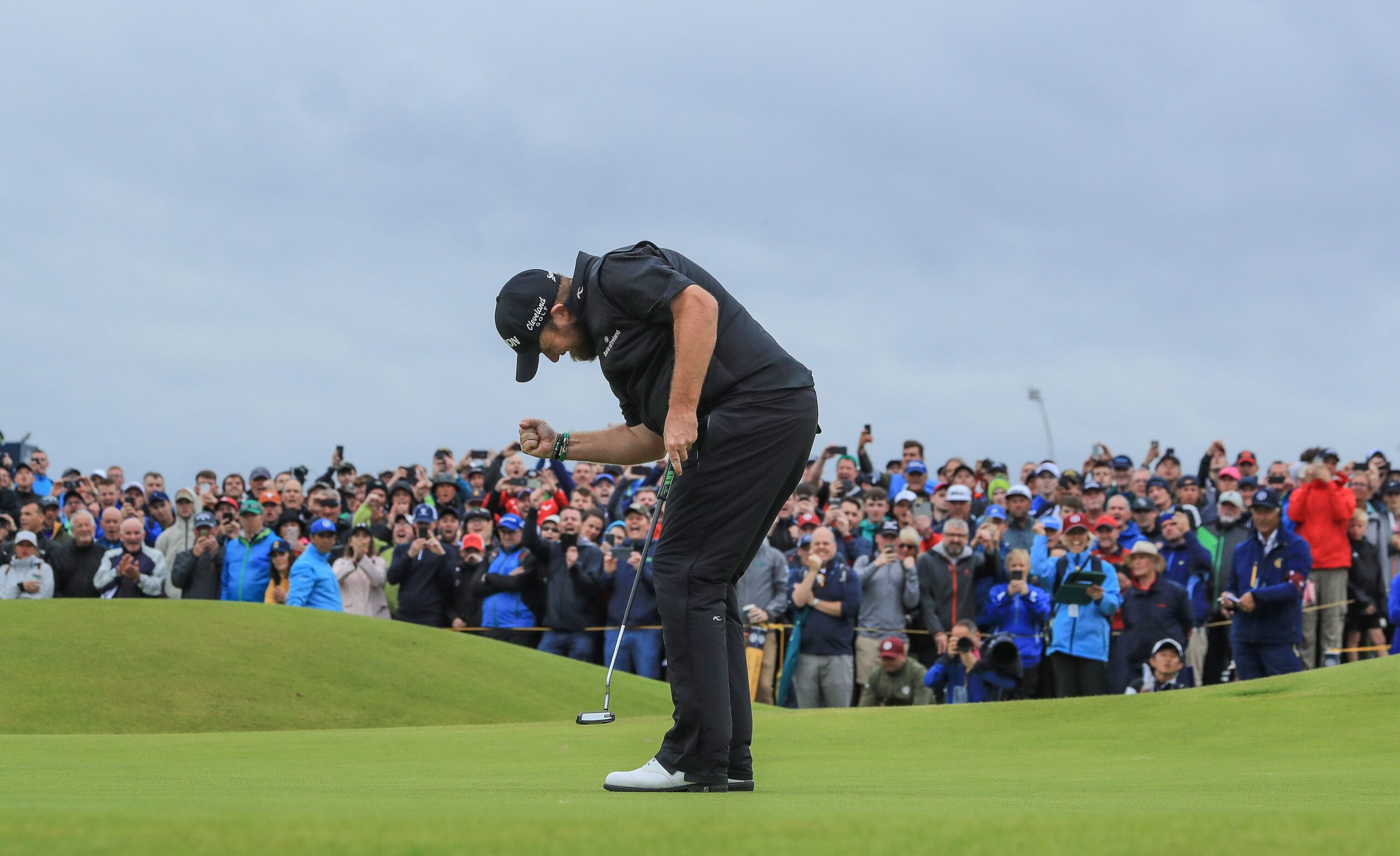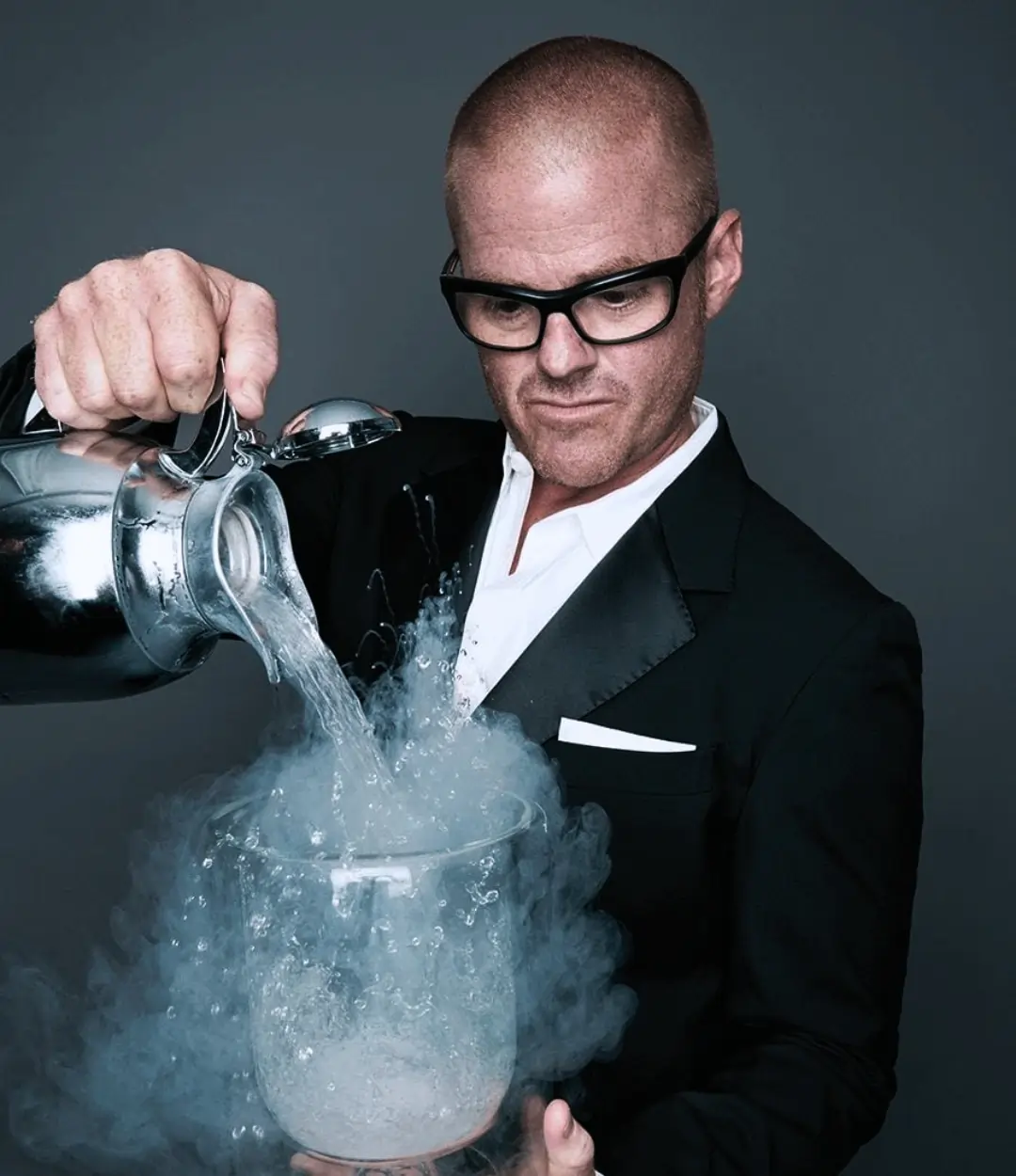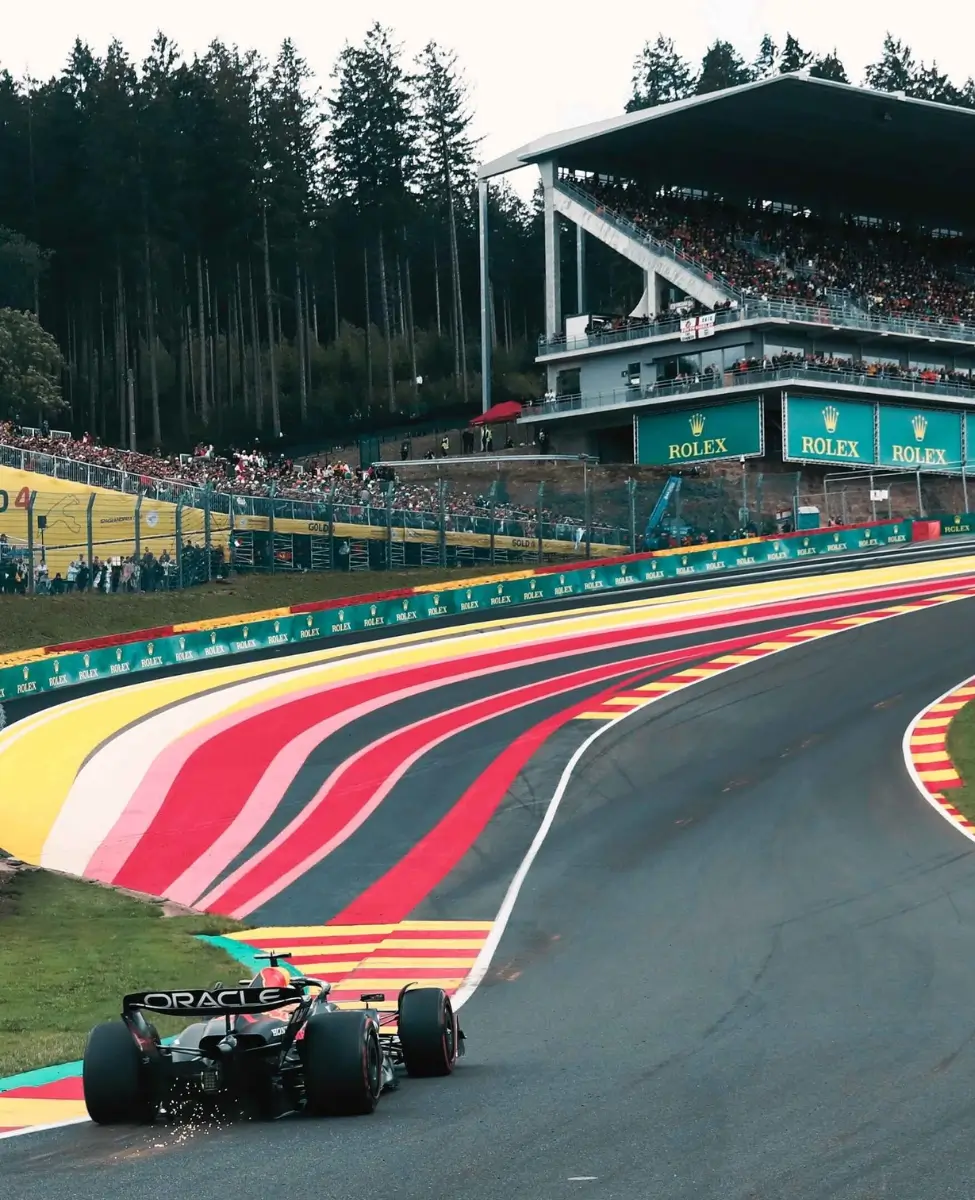The Monaco Grand Prix is motorsport’s crown jewel – a race famed for glamour, precision, and rich history. Envisioned by Antony Noghès and first held in 1929 under Prince Louis II, it became an annual spectacle (barring wartime and exceptional cancellations) and a pillar of the Triple Crown of Motorsport (alongside the Indianapolis 500 and 24 Hours of Le Mans). The race’s tight Circuit de Monaco, winding through Monte Carlo’s streets, is uniquely challenging, a place where legends are forged and moments become iconic. This comprehensive history details each Monaco Grand Prix from its 1929 inception through 2024, highlighting winners, defining moments, records, and dramas.
1929
The very first Monaco Grand Prix was held on April 14. Britain’s William Grover-Williams, driving under the pseudonym “Williams,” won in a Bugatti Type 35B after a terrific duel with Rudolf Caracciola’s Mercedes. The two traded the lead multiple times, with Caracciola briefly passing Williams mid-race, before Williams ultimately prevailed in the grueling 100-lap marathon through the city streets.
1930
The second Monaco Grand Prix saw France’s René Dreyfus take victory in a privateer Bugatti. Dreyfus’s win was a proud moment for the Bugatti marque, whose team was based in neighboring France. This early race helped to cement the event’s rapidly growing international reputation.
1931
Local hero Louis Chiron won the 1931 Monaco Grand Prix in a Bugatti, becoming the first Monégasque driver to win his home race. This historic achievement stood for over 90 years until Charles Leclerc’s victory in 2024. Chiron’s triumph before his home crowd significantly added to the race’s allure and prestige.
1932
Italian racing legend Tazio Nuvolari claimed victory in 1932, skillfully piloting an Alfa Romeo. Nuvolari’s masterful performance on the demanding street circuit further affirmed Monaco as a premier venue where the era’s top Grand Prix drivers could truly shine, despite the track’s tight and unforgiving confines.
1933
Achille Varzi of Italy won in a Bugatti after an intense and memorable battle with rival Tazio Nuvolari. Notably, 1933 marked the first Grand Prix ever where grid positions were determined by timed qualifying laps rather than a random draw—a landmark innovation initiated at Monaco. Varzi and Nuvolari exchanged the lead multiple times; Nuvolari’s car dramatically caught fire on the final lap, allowing Varzi to secure the win. This high drama, coupled with Monaco’s elevation to Grande Épreuve status (an official international grand prix) that year, underscored the race’s growing importance.
1934
Rising star Guy Moll, an Algerian-born French driver, triumphed in the 1934 race driving an Alfa Romeo. Moll’s impressive victory at the young age of 23 was a highlight of a brief but brilliant career (tragically cut short in a racing accident later that year), and it established Monaco as an important showcase for emerging young talent.
1935
The 1935 Grand Prix brought Mercedes-Benz its first Monaco win. Veteran Italian driver Luigi Fagioli piloted a powerful Mercedes-Benz W25 to victory, demonstrating the German team’s increasing might on the challenging twisting course. This win was a significant precursor to the “Silver Arrows'” dominance in late 1930s Grand Prix racing.
1936
Run in appallingly stormy weather, the 1936 race was pure chaos. Several pre-race favorites crashed out in the torrential downpours – the Mercedes entries of Chiron, Fagioli, and von Brauchitsch, and even a formidable Auto Union, were eliminated in a series of wrecks. Germany’s Rudolf Caracciola, already known as the “Regenmeister” (Rainmaster), expertly navigated the treacherous, waterlogged conditions in his Mercedes-Benz and claimed a famous victory, truly living up to his nickname with a masterful wet-weather drive.
1937
Mercedes-Benz triumphed again in 1937, as Manfred von Brauchitsch engaged in a fierce duel with his teammate Rudolf Caracciola and ultimately came out on top. Von Brauchitsch’s hard-fought win in what turned out to be the last pre-war Monaco Grand Prix capped off an era of burgeoning motorsport legend. By this time, Monaco was firmly established as a premier international event, renowned for its unpredictability and driver heroics.
1938
Not held. Organizers were forced to cancel the 1938 Grand Prix due to mounting financial difficulties. The race had struggled to turn a profit, and top teams were demanding hefty appearance fees (around £500, a considerable sum at the time). This, combined with the escalating political tensions across Europe, put Monaco’s racing activities on a brief hiatus as the clouds of war gathered.
1939–1945
No races held. The outbreak of World War II brought all European motorsport to a complete standstill. The Monaco Grand Prix was not run from 1939 through 1945 as the war ravaged the continent. During this seven-year hiatus, the usually vibrant streets of Monte Carlo fell silent, and racing would only return after peace was restored.
1946–1947
Not held. In the immediate post-war years, Monaco did not host a Grand Prix, largely due to the severe economic and financial strains that followed the war. Organizers lacked the necessary resources and infrastructure to stage the prestigious event until conditions across Europe began to improve.
1948
Grand Prix racing finally returned to the streets of Monaco. Giuseppe “Nino” Farina – who would go on to become Formula 1’s first-ever world champion in 1950 – won the 1948 Monaco Grand Prix driving a Maserati 4CLT. This race was run to new post-war Grand Prix regulations and signaled a much-anticipated revival. Farina’s victory re-energized the Automobile Club de Monaco and race fans alike, proving the principality could once again host a top-class international motorsport event.
1949
Not held. The 1949 race was canceled following the death of Prince Louis II of Monaco. As a mark of respect for the principality’s ruler (and due to organizational disruptions caused by his passing), no Grand Prix took place that year.
1950
The Monaco Grand Prix became a prestigious part of the inaugural Formula One World Championship. Racing legend Juan Manuel Fangio utterly dominated the event – he started from pole position and won convincingly in his Alfa Romeo, marking his first career F1 victory. The race is equally remembered for a spectacular first-lap pile-up: a rogue wave from the harbor reportedly flooded the Tabac corner, causing cars to slide on the unexpectedly wet track. Fangio’s closest pursuer, Nino Farina, spun and triggered a chaotic 10-car crash. Fangio skillfully emerged unscathed and led the remainder of the Grand Prix. Fortunately, none of the drivers involved in the pile-up were seriously injured. This wild start immediately underscored Monaco’s reputation for high drama.
1951
Not held. The Monaco round was skipped in 1951 due to ongoing organizational and financial challenges. The new Formula One regulations were still in a state of flux, and persistent budget concerns forced the principality to forego hosting the race that year.
1952
With Formula One in transition (the World Championship was run to Formula 2 regulations that year), Monaco instead hosted a non-championship sports car race. Italy’s Vittorio Marzotto won the 1952 Monaco event driving a Ferrari 225 S. Although not part of the world championship, the race successfully kept Monaco’s motorsport spirit alive during F1’s regulatory shuffle.
1953–1954
Not held. The Grand Prix was not run in 1953, and a planned return to the F1 calendar in 1954 was ultimately canceled when new Formula One technical rules weren’t finalized in time for the organizers. These two fallow years marked the last interruptions to the Monaco GP schedule until the COVID-19 pandemic in 2020.
1955
Monaco roared back onto the F1 calendar in 1955 – and it was a spectacular return. The race proved to be an all-time classic, filled with dramatic lead changes and astonishing late twists. Mercedes stars Juan Manuel Fangio and Stirling Moss led 1-2 for over half the race until both hit disastrous trouble: Fangio retired with mechanical issues, and Moss’s engine blew while he was comfortably in front. This chaos handed the lead to Alberto Ascari, but moments later Ascari famously missed a chicane and sensationally crashed his Lancia D50 straight into the harbor! He miraculously survived and swam to safety. In the sudden vacuum at the front, Maurice Trintignant in an underdog Ferrari astutely assumed the lead and went on to win. It was Trintignant’s (and France’s) first Formula One victory. 1955 also marked Ferrari’s first Monaco win since 1934, achieved in the most unexpected and thrilling fashion.
1956
British driver Stirling Moss, often regarded as the greatest driver never to win a world title, claimed his first Monaco Grand Prix victory. Moss expertly piloted a Maserati 250F to the win, displaying supreme skill and further cementing his status as a master of challenging street circuits. This was the first Monaco win by a British driver since William Grover-Williams in 1929, heralding a new era of British success in Formula One.
1957
The legendary Juan Manuel Fangio returned to the top step of the Monaco podium, winning for the second time (this time driving for Maserati). By 1957, Fangio was a four-time world champion, and his commanding victory in Monte Carlo further demonstrated his incredible adaptability and driving genius. Notably, Fangio would retire at the end of the 1958 season, making this one of his final, celebrated triumphs on the world stage.
1958
Maurice Trintignant shocked the establishment by winning Monaco again – this time in a nimble, rear-engined Cooper-Climax T45. It was a landmark victory: the first Monaco (and world championship) Grand Prix win for a mid-engined car, signaling a crucial technical turning point in Formula 1 design philosophy. Trintignant’s victory, achieved through remarkable reliability and steady, intelligent driving as many of his more fancied rivals faltered, also made him Monaco’s first two-time winner (an honor he briefly shared with Fangio).
1959
Australian driver Jack Brabham took the 1959 Monaco Grand Prix in a Cooper T51, further validating the superiority of the mid-engine design concept. Brabham’s win in the principality was a key victory that helped propel him toward that year’s world championship. By demonstrating that the lightweight Coopers could triumph on a tight, twisty track like Monaco, Brabham significantly accelerated the shift away from traditional front-engined Grand Prix cars.
1960
Stirling Moss returned to the winner’s circle, this time driving a private Rob Walker-entered Lotus 18. Moss’s remarkable victory – achieved against the might of factory teams – was another testament to his exceptional driving brilliance. His success also gave Lotus its first Monaco win, showcasing the innovative car’s agility and handling prowess on the demanding street course.
1961
The 1961 Monaco Grand Prix is remembered as one of the greatest drives in Formula 1 history. Stirling Moss, in an underpowered and ostensibly outclassed Lotus 18, masterfully fended off the might of Ferrari’s faster, more powerful V6 “Sharknose” cars lap after lap in an incredibly tense duel. He led from early on and, despite the Ferraris closing a 10-second gap to just 3 seconds in the latter stages, Moss refused to surrender, sensationally matching their pace in the final laps. He took the checkered flag mere seconds ahead of Ferrari’s Richie Ginther and Phil Hill, proving that exceptional skill and finesse could indeed conquer a significant horsepower deficit at Monaco. This heroic win – Moss’s third in Monte Carlo – earned him a legend’s status on the tight circuit.
1962
New Zealand’s Bruce McLaren won the 1962 Monaco GP driving a Cooper T60. At just 25 years old, McLaren was one of the youngest winners in the event’s history at the time. He inherited the lead after other front-runners encountered mechanical problems or crashed, and then delivered a smooth, composed drive to the finish. McLaren, of course, would later found the famous racing team that bears his name – and fittingly, that team would go on to achieve great success in Monaco in the decades ahead.
1963
Graham Hill triumphed in Monaco in 1963, driving for BRM (British Racing Motors) in a P57. This victory marked the beginning of a personal love affair with the challenging race. Hill’s win, which came after Ferrari’s John Surtees suffered a critical mechanical failure while leading, would be the first of many – in fact, it kicked off a remarkable streak that soon earned him the enduring nickname “Mr. Monaco.”
1964
Graham Hill repeated his success in 1964, again winning for BRM, this time in a P261. This back-to-back victory solidified Hill’s growing mastery of the Monte Carlo streets. The ’64 race saw Hill capitalize on the retirement of early leader Jim Clark (Lotus), showcasing Hill’s characteristic knack for consistency and staying power in the attrition-filled Monaco races of that era.
1965
Graham Hill completed an extraordinary hat-trick of consecutive Monaco wins in 1965 with BRM, an achievement unmatched at the time. In a highly dramatic race, Hill actually had to fight back from adversity after dropping a lap (he spun his P261 to avoid a backmarker’s accident and had to push-start his car). He then charged impressively through the field and, as rivals’ cars failed one by one, reclaimed the lead to win by over a minute. This stunning comeback in 1965 cemented his well-deserved status as “Mr. Monaco.”
1966
A new star emerged as Jackie Stewart of Britain won the 1966 Monaco Grand Prix. Driving a BRM P261, the young Stewart skillfully navigated a race of extremely high attrition (only four cars were classified as finishers) to claim his first victory in the principality. Stewart’s win, achieved in just his second Formula One season, heralded the arrival of another Monaco virtuoso – one who would also go on to win multiple times on these storied streets.
1967
The 1967 race had a sombre and tragic note. It was won by Denny Hulme of New Zealand (driving a Brabham-Repco BT20) after the two leading Ferraris encountered problems. However, the weekend was deeply marred by the horrific accident of Ferrari driver Lorenzo Bandini. Bandini, running second at the time, crashed his Ferrari 312 heavily at the harbor chicane on lap 82. His car overturned and caught fire, and he tragically succumbed to his severe burn injuries a few days later. Hulme’s victory, his first at Monaco, was understandably overshadowed by the loss of Bandini, and the incident prompted significant safety changes, such as quicker marshal response times and modifications to the harbor chicane in subsequent years.
1968
Graham Hill, now driving for Team Lotus, returned to his winning ways in 1968 with a Lotus 49B. He took victory after long-time leader Jean-Pierre Beltoise (driving a Matra) slid out of contention. Hill’s win – his fourth at Monaco – came during a season of both personal and professional triumph (he also won his second world title in ’68). Poignantly, it also came just one month after the tragic death of his revered teammate Jim Clark, with Hill dedicating the emotional win to Clark’s memory. By now, Hill was the undisputed master of Monte Carlo, equaling the all-time win record for the event.
1969
Graham Hill won yet again in 1969, driving a Lotus-Ford 49B, making it his fifth Monaco Grand Prix victory. This remarkable achievement extended his win record, which stood alone for decades to come. In the race, Hill capitalized on a late-race collision that took out his Lotus teammate Jochen Rindt and then-leader Jackie Stewart. Hill’s renowned calm and vast experience paid off handsomely as he swept by to take the checkered flag. His five wins set an iconic benchmark that wouldn’t be surpassed until the Ayrton Senna era – truly a legendary record by “Mr. Monaco.”
1970
The 1970 Monaco Grand Prix delivered one of the most dramatic and unforgettable finishes in Formula 1 history. Jochen Rindt, driving a Lotus 49C, was relentlessly chasing long-time leader Jack Brabham (in his own Brabham BT33) in the closing laps. On the very last corner of the very last lap, Brabham, under immense pressure and amid lapped traffic, braked a fraction too late, locked up his wheels, and agonizingly slid his Brabham into the guardrail at the Gasometer hairpin. Rindt swept past the stranded car to steal an improbable victory right at the line. It was a stunning last-gasp win, and Rindt had even set the fastest lap of the race on that final tour in his desperate pursuit – truly a “never give up” moment. (Tragically, Rindt would posthumously become 1970’s world champion after his fatal accident later that season, but Monaco was undeniably among his finest drives.)
1971
Jackie Stewart took his second Monaco win in 1971, now driving for the Tyrrell team in a Tyrrell 003. Stewart dominated a race punctuated by intermittent rain showers and multiple crashes involving other competitors. His victory gave the relatively new Tyrrell team (founded in 1970) its first Monaco triumph. By this time, Stewart was at the peak of his considerable powers, and his famously smooth and precise driving style perfectly suited the slippery, treacherous streets of Monte Carlo.
1972
The 1972 race was run in exceptionally heavy rain and is remembered for the astonishing wet-weather heroics of Jean-Pierre Beltoise. The Frenchman, starting from fourth on the grid, sensationally seized the lead at the start and then led every single lap in atrocious, near-undriveable conditions. Driving a BRM P160B, Beltoise outclassed even the renowned “rain master” Jacky Ickx (who chased valiantly in a Ferrari) to claim his first and only career Grand Prix victory. It was also BRM’s last-ever F1 win. Beltoise’s incredible performance – masterfully keeping the car pointed straight through deep pools of standing water – became an enduring part of Monaco lore. Only six of the 25 starters managed to finish that day, graphically illustrating how superbly he managed the treacherous chaos.
1973
Jackie Stewart won again in 1973, driving a Tyrrell-Ford 006, which would be his third and final Monaco win. Stewart carefully managed his tires and brakes to expertly beat Emerson Fittipaldi’s charging Lotus. With this victory, Stewart further solidified his status among Monaco’s all-time greats before his planned retirement at the end of that season as a three-time World Champion.
1974
Swedish driver Ronnie Peterson, known for his spectacular, sideways driving style, took the 1974 Monaco Grand Prix for Team Lotus in a Lotus 72E. Known for his aggressive yet remarkably smooth driving, Peterson skillfully held off rival Jody Scheckter (Tyrrell) to earn his first and only Monaco win. This was a significant morale boost for both Lotus and Peterson, coming during a season of fluctuating fortunes for the team.
1975
Ferrari finally broke a long and frustrating dry spell in Monaco in 1975. Niki Lauda drove his Ferrari 312T to a commanding victory, marking Ferrari’s first Monaco triumph in 20 years (since Maurice Trintignant’s win in 1955). Lauda led imperiously from pole position and controlled the race throughout, much to the delight of the passionate tifosi. This important win kicked off a dominant championship year for Lauda and signaled Ferrari’s powerful resurgence in F1’s mid-70s era.
1976
Niki Lauda repeated his Monte Carlo success in 1976, again winning for Ferrari in the 312T2. The victory was notable as it made Lauda the first driver since Graham Hill (1963-1965) to win back-to-back races at Monaco. By mid-1976, Lauda was utterly dominating the championship race (until his near-fatal crash at the Nürburgring later that year), and his Monaco mastery was a significant part of that early-season dominance.
1977
The 1977 race saw a surprising triumph for a brand-new, single-car team. South African Jody Scheckter, driving for the first-year Walter Wolf Racing team in the Wolf WR1, took an impressive upset victory. Scheckter inherited the lead after early leaders crashed or retired (pole-sitter John Watson spun out, and Niki Lauda retired with engine failure). Scheckter’s win dramatically proved the little Wolf team’s competitiveness and remains one of Monaco’s most famous and popular underdog stories.
1978
Tyrrell driver Patrick Depailler of France finally grabbed his maiden Formula 1 victory in the 1978 Monaco Grand Prix, driving the iconic six-wheeled Tyrrell P34. Depailler had long been a Monaco favorite due to his flamboyant style and flair, and this year everything clicked – he skillfully managed his tires to beat the likes of Carlos Reutemann and Niki Lauda (who had switched to Brabham). It was Depailler’s only F1 win, made all the sweeter by coming on the sport’s most notoriously difficult and prestigious circuit.
1979
Jody Scheckter, now driving for Ferrari, won the 1979 Monaco GP in a Ferrari 312T4, making him a two-time winner in the Principality. Ferrari achieved a dominant 1–2 finish (with teammate Gilles Villeneuve taking second), the Scuderia’s first one-two at Monaco since the 1950s. Scheckter’s controlled and intelligent drive from pole position also helped catapult him towards the 1979 World Championship title. By the decade’s end, Monaco had seen a compelling mix of repeat winners and new faces, but it remained as glamorous and unpredictable as ever.
1980
Argentine Carlos Reutemann took victory in 1980, delivering Williams its first-ever Monaco Grand Prix win with the Williams FW07B. Reutemann skillfully led home Jacques Laffite’s Ligier in a race marked by high attrition among several early leaders, including Didier Pironi. This significant win underscored Williams’ rapid rise as a top-tier Formula 1 team and gave Reutemann a rare and cherished taste of Monaco glory (this would be his only win in Monte Carlo).
1981
The 1981 race produced a truly legendary performance from Gilles Villeneuve. In a Ferrari 126CK – the team’s first turbocharged F1 car, which was widely considered ill-handling and unsuited to tight circuits – Villeneuve wrestled the powerful but recalcitrant beast around Monaco’s confines to an unlikely and spectacular victory. He qualified on the front row and ran second behind Alan Jones’s Williams until Jones retired with a fuel issue, then masterfully held off the charging Ligier of Jacques Laffite in the closing stages. Villeneuve’s win was Ferrari’s first at Monaco since 1979 and the first ever for a turbo-engined car at Monaco. It definitively showed that turbo cars, and crucially Gilles’ exceptional finesse, could conquer the demanding street circuit. His emotional celebration with team founder Enzo Ferrari by telephone underscored the profound significance – it was a triumph of driver skill over an “unfancied” car.
1982
The 1982 Monaco Grand Prix is often dubbed “the race nobody wanted to win” – it featured one of the craziest and most unbelievable final laps in F1 history. In the closing three laps, the lead changed hands an astonishing four times amid sudden rain and a series of driver errors. Alain Prost (Renault), leading comfortably, crashed in a sudden downpour with just 3 laps to go. Riccardo Patrese (Brabham) inherited the lead but then spun on oil at the Loews hairpin on the penultimate lap, ceding the lead to Didier Pironi’s Ferrari. Pironi then dramatically ran out of fuel on the very final lap while coasting through the tunnel, handing the lead to Andrea de Cesaris (Alfa Romeo) – who also promptly stopped with no fuel! In the meantime, Patrese had managed to bump-start his stalled Brabham on the downhill run from Loews and crossed the line first, completely unaware he’d actually won until he arrived back in the bewildered pits. Patrese’s maiden F1 victory thus came in utterly chaotic fashion, with only five cars still running at the finish. The 1982 race remains one of Monaco’s most famous, proving that in Monte Carlo, “it’s never over until it’s over.”
1983
Keke Rosberg (Williams-Ford FW08C) won the 1983 Monaco GP, showcasing immense skill in tricky, constantly changing wet/dry conditions. Rosberg daringly opted to start on slick tires despite a damp track surface, a gamble that many thought foolhardy. He managed to keep his car out of the barriers as others on rain tires pitted for slicks later on. This bold strategy paid off handsomely as he led home the field, claiming his only Monaco win. Decades later, this victory would take on added historical significance when his son Nico also won at Monaco – making them the first father-son duo to both win the prestigious event (Nico’s first Monaco win came exactly 30 years after Keke’s).
1984
A new era sensationally arrived in 1984, as the world witnessed the stunning arrival of Ayrton Senna. The 1984 race was held in a torrential rainstorm and was controversially stopped at just 32 of the scheduled 76 laps, but it left an indelible mark on F1 history. Pole-sitter Alain Prost (McLaren) was leading when officials red-flagged the race due to the extreme rain, so he was declared the winner, albeit with half points awarded. However, Ayrton Senna, a rookie in an unheralded Toleman-Hart TG184 car, had been rapidly and spectacularly catching Prost – at times an astonishing 3 seconds a lap quicker – in a mesmerizing display of supreme wet-weather prowess. Senna was just a few seconds behind Prost when the race was halted, denying what many believe would have been Senna’s sensational first Grand Prix win. The stoppage, called by clerk of the course Jacky Ickx (a former F1 driver himself), stirred considerable controversy, as some felt it was made to protect the French driver Prost’s lead. Nonetheless, Senna’s breathtaking drive to second place, and fellow rookie Stefan Bellof’s equally impressive charge to third in a Tyrrell, became legendary. The 1984 Monaco GP thus heralded Senna’s prodigious genius to the world, even though Prost took the official victory in the record books.
1985
Alain Prost returned to Monaco’s top spot in 1985, winning the race for McLaren-TAG Porsche. This time the weather was dry, and Prost won convincingly after long-time race leader Michele Alboreto’s Ferrari suffered a costly gearbox issue. Prost thus became a back-to-back Monaco winner, expertly showcasing his characteristic finesse on the demanding streets and significantly strengthening his successful 1985 championship campaign.
1986
Prost did it again in 1986 – achieving a hat-trick of consecutive Monaco wins. Driving the potent McLaren-TAG MP4/2C, he skillfully held off the pursuing Williams-Honda of Nigel Mansell. Prost’s third straight Monaco victory impressively matched Graham Hill’s 1963–65 streak, further bolstering Prost’s already formidable reputation as a Monaco master.
1987
A new Monaco maestro emerged: Ayrton Senna won the 1987 race, driving a distinctive yellow Camel-liveried Lotus 99T Honda. This was Senna’s first Monaco victory and came thanks to his cunning tire strategy (he was one of the few to start on the harder compound) and the innovative active suspension on the Lotus, which worked exceptionally well over Monaco’s notorious bumps. He took the lead after Nigel Mansell’s Williams-Honda retired from a comfortable lead with turbo failure. Senna’s 1987 win was prophetic – it marked the beginning of what would become an unparalleled and legendary relationship between driver and circuit, as Senna truly unlocked the secrets of Monaco thereafter.
1988
“The one that got away” for Ayrton Senna. In 1988, Senna – now teammates with arch-rival Alain Prost at McLaren-Honda – delivered a qualifying lap for the ages (an incredible 1.427 seconds faster than Prost) and utterly dominated the race in the all-conquering McLaren MP4/4, pulling out a staggering 55-second lead on Prost. Then, on lap 67, with victory seemingly assured, Senna inexplicably lost concentration for a split second and crashed his McLaren into the barrier at the Portier corner. A stunned Prost inherited the lead and won the race, his fourth Monaco triumph. Senna, distraught and inconsolable, famously walked straight from his wrecked car to his nearby apartment to seclude himself. This shocking and self-inflicted defeat spurred Senna to new, almost spiritual levels of focus and determination at Monaco in subsequent years. For Prost, it was a lucky but valuable win that aided his 1988 title bid.
1989
True to his new resolve, Ayrton Senna came back in 1989 and completely dominated, leading every single lap in his McLaren-Honda MP4/5 to take a decisive and emotionally charged Monaco victory. It was the first of an unprecedented and still unmatched streak of five consecutive Monaco Grand Prix wins for Senna. His rival Prost, meanwhile, crashed out early after a collision with René Arnoux, leaving Senna to take an unchallenged and deeply satisfying win. This race marked the definitive beginning of Senna’s outright reign over Monaco.
1990
Senna won again in 1990 with McLaren-Honda, making it three Monaco wins in total for him (and his second consecutive). He had a tense race-long duel with the surprisingly quick Tyrrell 019 of Jean Alesi for the lead but never put a wheel wrong under immense pressure. By now Senna’s feel for the unique demands of the circuit was peerless; this victory also tied him with Graham Hill’s earlier mark of three straight Monaco wins.
1991
Senna’s 1991 win for McLaren-Honda came after early leader Nigel Mansell’s Williams-Renault retired due to gearbox failure, and after Senna withstood a determined late charge from Riccardo Patrese’s Williams. It was Senna’s fourth Monaco victory, putting him just one shy of Graham Hill’s then-record of five wins. The win was also critical for Senna’s momentum in that year’s successful championship campaign.
1992
In 1992, Ayrton Senna (McLaren-Honda) engaged in a fierce and unforgettable battle with Nigel Mansell’s dominant Williams-Renault FW14B. Mansell led comfortably from pole until a suspected loose wheel nut forced a late pit stop, dramatically handing Senna the lead. Mansell, on fresh tires, caught up rapidly, and the final few laps saw Senna using all his extraordinary skill and guile to keep the significantly faster Williams behind in what many call a masterclass of defensive driving. Senna incredibly held on by just 0.215 seconds at the finish line. This hard-fought fifth Monaco win sensationally tied Senna with Graham Hill as the joint record-holder for most Monaco victories, and the “Senna vs Mansell ’92” duel became an instant classic in F1 folklore.
1993
History was made – Ayrton Senna won the 1993 Monaco Grand Prix (driving an_und_erpowered McLaren-Ford MP4/8) and notched his sixth career win in the Principality. This momentous victory broke Graham Hill’s long-standing record of five wins and solidified Senna’s status as the undisputed greatest Monaco specialist of all time. Fittingly, this win was Senna’s fifth in a row (1989–1993), a streak of dominance never seen before or since at any single Grand Prix circuit. The 1993 race itself was relatively straightforward for Senna after early leader Alain Prost (Williams-Renault) was penalized for a jump start; thereafter, no one could touch him. By the time the checkered flag fell, Senna had carved his name indelibly into Monaco history with a record that many believe may never be surpassed.
1994
The 1994 Monaco Grand Prix was an intensely emotional and somber affair. It took place just two weeks after the tragic Imola weekend where Roland Ratzenberger and Ayrton Senna tragically lost their lives. Monaco paid tribute – the pole position spot on the grid was left poignantly empty in Senna’s honor, painted with the Brazilian flag, and drivers gathered for moments of silence. During the race weekend, another serious scare occurred: Austrian driver Karl Wendlinger crashed his Sauber heavily in practice at the Nouvelle Chicane, leaving him in a coma for weeks (he would eventually recover but his F1 career was effectively over). Amid this deeply mournful backdrop, Michael Schumacher dominated the race in his Benetton-Ford B194, winning comfortably from pole. It was Schumacher’s first Monaco win, but celebrations were understandably muted given the recent tragedies that had shaken the sport to its core.
1995
Michael Schumacher made it back-to-back Monaco victories in 1995, now firmly establishing himself as a formidable force at this challenging circuit. In a typically incident-packed wet-dry race, Schumacher was simply untouchable in his Benetton-Renault B195 – he built a massive lead early on under rainy conditions and ultimately lapped all but one car (Damon Hill’s Williams). He won by nearly half a minute, showcasing a wet-weather prowess akin to Senna’s and joining an elite club of multiple Monaco winners. This dominant win also contributed significantly to Schumacher’s march toward his second consecutive world championship.
1996
If 1982 was the craziest finish, 1996 might be Formula 1’s craziest race overall in terms of sheer attrition. Under extremely heavy rain, cars dropped out left, right, and center – including early leader Michael Schumacher, who crashed his Ferrari at Mirabeau on the very first lap, and Damon Hill, who led comfortably in his Williams until his Renault engine blew on lap 40. By the final laps, incredibly, only three cars were still running. French driver Olivier Panis, who had started way back in 14th place in a Ligier-Mugen Honda JS43, found himself in the lead after a remarkable drive, skillfully avoiding the widespread chaos and carnage. Panis held on to win, taking his only career Formula 1 victory (and Ligier’s last ever). The podium featured only Panis, David Coulthard (McLaren), and Johnny Herbert (Sauber), as no other car saw the checkered flag. 1996 proved emphatically that, at Monaco, sheer perseverance and a bit of luck can pay off in the most astonishing ways.
1997
Michael Schumacher returned with a vengeance in 1997. Now driving for Ferrari, Schumacher masterfully handled a rain-soaked start to build a huge lead and went on to win the race, which eventually dried out, in his Ferrari F310B. This marked Ferrari’s first Monaco win since Gilles Villeneuve’s triumph in 1981, ending a frustrating 16-year drought for the Scuderia in the principality. Schumacher’s triumph – his third in Monte Carlo – was so dominant that at one point he was nearly a minute ahead of the next car. By winning in both Benetton and Ferrari machinery, Schumacher demonstrated that his Monaco victories were down to his exceptional driver brilliance as much as the car.
1998
In 1998, Mika Häkkinen of Finland took his first Monaco victory, driving for the dominant McLaren-Mercedes team in the MP4/13. Häkkinen started from pole position and led comfortably throughout the race, showcasing the McLaren’s clear superiority that season. His commanding win was the first for McLaren at Monaco in five years (since Senna’s 1993 victory) and positioned Häkkinen strongly in the championship battle (which he went on to win later that year).
1999
Michael Schumacher won yet again in 1999 for Ferrari (F399), securing his fourth Monaco win overall. He duelled fiercely with Mika Häkkinen’s McLaren early on, but when the McLaren retired from the lead with a mechanical issue (oil leak), Schumacher inherited a lead he would never relinquish. This significant victory tied Schumacher with Alain Prost at four Monaco wins, placing him second only to Ayrton Senna (6) and Graham Hill (5) at the time in the all-time winners’ list. It also gave Ferrari their second Monaco win in three years, reestablishing the Scuderia as a consistent force on the streets of Monte Carlo after decades of relatively sparse success there.
(Image: Formula 1 cars navigate the famous Fairmont Hairpin during the 2013 Monaco Grand Prix, illustrating the tight confines of the street circuit.)
2000
The new millennium saw David Coulthard claim the 2000 Monaco Grand Prix for McLaren-Mercedes (MP4/15). Coulthard, who resided in Monaco, had tried to win his home race for years and finally succeeded with a measured and faultless drive from third on the grid, taking the lead after pole-sitter Michael Schumacher suffered a suspension failure. He emotionally dedicated the victory to his close friend and mentor, the late, great Ayrton Senna. This win also snapped Ferrari’s mini-streak of success, putting McLaren back on top in Monte Carlo.
2001
Michael Schumacher triumphed again in 2001 for Ferrari (F2001) and in doing so achieved a significant milestone – it was his fifth Monaco Grand Prix win, sensationally tying Graham Hill’s long-standing record. Schumacher’s win was relatively straightforward (he led home teammate Rubens Barrichello in a dominant Ferrari 1–2 finish), but the historical significance was huge: he had matched the legendary “Mr. Monaco’s” record, and done so in typically commanding fashion.
2002
David Coulthard returned to the top step of the Monaco podium in 2002, winning for a second time, again for McLaren-Mercedes (MP4-17). This time he had to hold off a charging Michael Schumacher in the closing stages. The Scot’s victory was a reminder that experience truly counts at Monaco – he managed his tires masterfully and withstood intense pressure from the Ferrari driver in the final laps. This race was also notable as it broke Ferrari’s dominant winning run that season.
2003
Juan Pablo Montoya gave the Williams-BMW team a rare and celebrated Monaco victory in 2003 with the FW25. The Colombian drove with characteristic aggression combined with precision to fend off strong challenges from Kimi Räikkönen (McLaren) and Michael Schumacher (Ferrari). This hard-fought win was Williams’ first in the Principality in 20 years (since Keke Rosberg in 1983) and would also, to date, stand as Williams’ last Monaco win. Montoya’s exuberant driving style was well-suited to Monaco, and he famously celebrated by saying that winning this particular race was “like winning a championship.”
2004
Jarno Trulli had his career-defining moment by winning the 2004 Monaco Grand Prix for the Renault team (R24). Trulli, renowned for his exceptional qualifying speed, took a superb pole position and then led most of the race, showcasing not only his one-lap prowess but also his composure under immense pressure from Jenson Button’s BAR-Honda. A mid-race Safety Car period nearly cost him the lead, but Trulli brilliantly held off Button by just half a second in a nail-biting finish. This emotional victory was Trulli’s only F1 win, and it came on one of the sport’s grandest and most demanding stages – a truly popular win up and down the paddock.
2005
In 2005, McLaren’s Kimi Räikkönen utterly dominated the Monaco Grand Prix in his MP4-20. The Finn was untouchable all weekend – he started from pole position and simply drove away from the rest of the field with metronomic consistency to win by a comfortable 13 seconds over the Williams of Nick Heidfeld. This marked Räikkönen’s first Monaco GP win and underlined McLaren’s strong form that year.
2006
The 2006 event saw Fernando Alonso (Renault R26) take the victory, but not without significant off-track drama involving Michael Schumacher. In qualifying, Schumacher controversially stopped his Ferrari at the Rascasse corner on his final flying lap, bringing out yellow flags and preventing his main rival Alonso (and others) from improving their times. The stewards ruled that Schumacher had deliberately blocked the track to secure pole and controversially sent him to the back of the grid, tarnishing his attempt to gain pole. On race day, Alonso inherited pole, led from the start, and cruised to his first Monaco win. Despite late pressure from Juan Pablo Montoya (McLaren) and David Coulthard (who earned Red Bull Racing’s first-ever podium, memorably wearing a Superman cape on the podium as part of a film promotion), Alonso held on comfortably. The Schumacher incident, however, remained the dominant talk of the weekend – a stark example of how high the stakes were at Monaco.
2007
Fernando Alonso repeated his Monaco success in 2007, this time driving for McLaren-Mercedes (MP4-22). Alonso took his second straight Monaco win after a race-long strategic duel with his rookie teammate Lewis Hamilton. McLaren had a dominant 1–2, and although Hamilton pushed hard and felt he was faster at times, the team controversially instructed both drivers to hold position in the latter stages to ensure a safe finish. Alonso’s mastery earned him coveted back-to-back Monaco triumphs, a feat achieved by only a select few drivers. Hamilton, finishing second, got his first taste of the Monaco podium – clearly foreshadowing his own future glory at the circuit.
2008
Lewis Hamilton fulfilled a childhood dream by winning the 2008 Monaco Grand Prix with McLaren-Mercedes (MP4-23). It wasn’t smooth sailing: Hamilton hit the guardrail at the Tabac corner early in the wet and treacherous race, puncturing a right-rear tire. But a timely safety car period and quick pit work from his McLaren team got him back in contention. From there, Hamilton drove a brilliant recovery, expertly managing his tires and building a lead as the track gradually dried. He emotionally dedicated the win to his hero Ayrton Senna and remarked that, despite a mid-race scare when he nearly crashed again, it was “the best day of my life.” This victory made Hamilton (then 23) one of the youngest Monaco winners ever, and it magnificently showcased his exceptional wet-weather skill and characteristic grit.
2009
The fairytale story of Jenson Button and the Brawn GP team continued in spectacular fashion in 2009 as Button won the Monaco GP in the upstart team’s incredible (and only) season. Button secured pole position with the BGP 001 and controlled the race masterfully from start to finish, giving Brawn (formerly the Honda F1 team) a famous and hugely popular win on F1’s most famous streets. In a now-legendary moment of unbridled joy, Button famously parked his car in the wrong place after taking the checkered flag – he stopped on the main straight instead of in the designated parc fermé area – and then had to exuberantly sprint down the pit straight, helmet still on, to reach the podium ceremony, waving to the cheering fans. It was a rare and heartwarming display of raw emotion that added a cinematic touch to an already feel-good story. (The Briton’s exuberant run was understandably forgiven by officials – after all, he had just won Monaco in style and would go on to win the World Championship that year.)
2010
Red Bull Racing achieved its first Monaco victory in 2010. Australian Mark Webber drove a flawless race from pole position in his Red Bull RB6, leading every single lap and even surviving two Safety Car restarts to win convincingly. His teammate Sebastian Vettel finished second, giving Red Bull a dominant 1–2 finish. Webber famously celebrated his prestigious win by leaping exuberantly into the team’s trackside swimming pool – cementing a new and popular Monaco tradition. This victory also put Webber into the lead of the World Championship and showcased Red Bull’s definitive rise to power in Formula 1.
2011
Sebastian Vettel won the 2011 Monaco Grand Prix for Red Bull Racing (RB7) in truly dramatic fashion. Vettel started from pole but had to contend with differing tire strategies from Fernando Alonso (Ferrari) and Jenson Button (McLaren), leading to a tense three-way battle. A late red flag, caused by a multi-car crash involving Vitaly Petrov in the Swimming Pool section, controversially allowed Vettel (who was struggling on heavily worn tires) to change to fresh tires for a final six-lap dash to the finish. He then brilliantly held off Alonso and Button in a thrillingly close fight to secure his first Monaco win. Vettel’s victory, achieved despite those severely worn tires before the fortuitous red flag, underscored his exceptional race craft and gave Red Bull back-to-back Monaco triumphs.
2012
Monaco 2012 saw Mark Webber triumph again for Red Bull Racing (RB8), making him a prestigious two-time winner in the Principality. In an incredibly tight race with virtually no on-track overtaking among the leaders, Webber led from pole position (inherited after Michael Schumacher, who set the fastest qualifying time, served a grid penalty) and expertly managed a late rain shower in the closing laps. The top four cars (Webber, Nico Rosberg, Fernando Alonso, and Sebastian Vettel) finished almost nose-to-tail after 78 laps, but Webber never cracked under the intense pressure. This impressive win meant Webber had won two of the last three Monaco GPs, and it gave Red Bull a remarkable third consecutive Monaco victory.
2013
The Rosberg name returned to Monaco’s top step in 2013. Nico Rosberg (Mercedes F1 W04) won the race exactly 30 years after his father Keke’s 1983 victory – making them the first (and still only) father-son duo to both win the iconic Monaco Grand Prix. Rosberg controlled a race punctuated by a red flag (after Pastor Maldonado’s big crash at Tabac) and multiple Safety Car periods. He led every lap from pole position, a feat last achieved by Ayrton Senna in 1992. The historical symmetry of the Rosberg victories (1983 & 2013) was a major talking point, and Nico’s commanding win effectively kicked off a period of Mercedes dominance in Formula 1’s hybrid era.
2014
Nico Rosberg won again in 2014 for Mercedes (F1 W05 Hybrid), but not without considerable controversy involving his teammate Lewis Hamilton. During qualifying, Rosberg went down the escape road at Mirabeau on his final lap, causing yellow flags that spoiled Hamilton’s own final attempt to take pole. Although cleared of any deliberate wrongdoing by the stewards, the incident created palpable tension between the two Mercedes drivers. On race day, Rosberg led from pole and, despite Hamilton’s close pursuit (and a brief vision problem for Lewis caused by debris in his eye), Rosberg never put a wheel wrong. He became a back-to-back Monaco winner, joining an elite club and keeping the psychological upper hand on Hamilton, at least for that day.
2015
Nico Rosberg clinched an extraordinary hat-trick – winning the Monaco Grand Prix for the third consecutive year in 2015 with Mercedes. This one, however, rather fortuitously fell into his lap after a crushing and inexplicable Mercedes strategy error for Lewis Hamilton. Hamilton had utterly dominated the race and built a large, comfortable lead. However, a late Safety Car (for Max Verstappen’s crash) prompted Mercedes to pit Hamilton from first place, mistakenly thinking he had enough of a gap to retain the lead. The pit stop was disastrously slow, and Hamilton shockingly emerged in third place behind Rosberg and Ferrari’s Sebastian Vettel. Rosberg thus unexpectedly inherited the lead and won, graciously acknowledging afterwards that Hamilton had deserved the victory. It was a bittersweet triumph: Rosberg joined the likes of Graham Hill, Alain Prost, and Ayrton Senna with three or more consecutive Monaco wins, but even he was visibly surprised to find himself standing atop the podium. The incident went down as one of F1’s biggest and most memorable strategy blunders, and a dejected Hamilton was left to rue what should have been a certain win.
2016
Redemption for Lewis Hamilton finally came in 2016. Driving for Mercedes (F1 W07 Hybrid), Hamilton won the Monaco Grand Prix for the second time – his first win here since 2008. It was a race of mixed and challenging conditions: the start was in heavy rain (behind a Safety Car for the first seven laps) and the track later dried out. Pole-sitter Daniel Ricciardo (Red Bull) led comfortably and seemed destined for victory until a disastrous pit stop on lap 32 – his Red Bull crew inexplicably didn’t have his slick tires ready, costing Ricciardo crucial seconds and the lead as he sat helplessly waiting in the pit box. Hamilton, who had brilliantly stretched his full wet tires much longer than anyone else and then switched directly to slicks, took over P1. In the final laps, Ricciardo, on fresher ultra-soft tires, relentlessly hounded Hamilton but could not find a way past on Monaco’s notoriously narrow streets, despite some robust defending from Hamilton. Hamilton held on for an emotional and hard-fought victory, while a furious and heartbroken Ricciardo felt he had been “screwed” by his team’s catastrophic mistake. This race gave Hamilton a much-needed boost in that year’s title fight and cruelly denied Ricciardo a richly deserved win, adding another dramatic chapter to Monaco’s long history of strategic fortunes and misfortunes.
2017
Ferrari finally tasted victory at Monaco again in 2017. Sebastian Vettel won in the Ferrari SF70H, with teammate Kimi Räikkönen finishing second. Räikkönen had taken pole position (his first since 2008) and led the first stint of the race. However, Ferrari controversially executed a pit strategy that allowed Vettel (who ran longer on his first set of tires) to “overcut” Kimi and emerge in the lead after the pit stops. Vettel went on to win, giving Ferrari its first Monaco win since Michael Schumacher’s victory in 2001. The 1–2 finish was Ferrari’s first in Monaco since 1999, but it stirred considerable debate – some felt the team had deliberately orchestrated the result to favor Vettel’s championship bid over Räikkönen. Regardless, Vettel’s victory was a significant one for the Scuderia and helped him build a points lead in the 2017 title race.
2018
In 2018, Daniel Ricciardo finally got his sweet and long-awaited redemption at Monaco. Two years after his pit-stop heartbreak, the popular Red Bull driver utterly dominated the weekend in his RB14, taking a commanding pole position and leading every single lap of the race. It wasn’t without immense drama, however – on lap 28, Ricciardo’s car suffered a critical MGU-K (hybrid system) failure, costing him an estimated 160 horsepower (about 25% of his total power) and leaving him with only six of his eight gears. Despite being significantly down on power for the remaining 50 grueling laps (and with Sebastian Vettel’s Ferrari looming large in his mirrors), Ricciardo coolly and brilliantly managed the severe issue, defending masterfully and keeping his ailing car in front. “We’re going to have to do this with only six gears,” his race engineer calmly told him, and he did just that. Ricciardo won with a crippled car in an absolutely brilliant and highly praised drive. “Redemption!” he proclaimed jubilantly on the team radio, having finally banished the painful ghosts of 2016. This heroic win was also achieved at Red Bull Racing’s 250th Grand Prix entry, making it all the more special.
2019
The 2019 Monaco Grand Prix was an emotionally charged event, coming just days after the passing of Formula 1 legend and Mercedes non-executive chairman, Niki Lauda. Lewis Hamilton (Mercedes W10) donned a Lauda-tribute helmet and then delivered a gritty victory that Lauda himself would have been immensely proud of. Hamilton led from pole but soon found himself nursing severely degrading medium tires after a questionable strategy gamble by Mercedes (Max Verstappen, his closest challenger, was on the more durable hard tires). With Verstappen’s Red Bull crawling all over his gearbox for more than 60 incredibly tense laps, Hamilton defended relentlessly while fighting a desperate lack of grip. “I don’t know how you expect me to keep him behind, Bono! We’re going to lose this race!” Hamilton famously exclaimed over the radio, clearly struggling. Verstappen even made contact with Hamilton’s rear wheel at the Nouvelle Chicane in a last-lap lunge, but Lewis held firm. He somehow took the win despite admitting to having “no tires left,” and immediately dedicated the hard-fought victory to Lauda. It was Hamilton’s third Monaco win, and unquestionably one of the grittiest and most determined drives of his illustrious career, illustrating how even in the modern era, Monaco rewards not just speed but extraordinary tenacity and heart.
2020
Not held. For the first time in 66 years, the Monaco Grand Prix was canceled. The 2020 race was initially postponed along with other spring races due to the rapidly escalating COVID-19 pandemic but was eventually called off entirely as the global situation worsened. This unprecedented cancellation ended Monaco’s remarkable streak of continuous races held since 1955. The principality’s iconic streets remained eerily quiet in May 2020, but plans were immediately made to ensure the race’s safe return the following year under improved health and safety measures.
2021
Monaco returned to the Formula 1 calendar in 2021, albeit under ongoing pandemic-related restrictions and with noticeably smaller crowds than usual. Max Verstappen won the 2021 Monaco Grand Prix for Red Bull Racing (RB16B) – his first victory at this prestigious venue. Verstappen drove with commanding maturity, inheriting pole position after Ferrari’s Charles Leclerc, who had brilliantly secured P1 in qualifying, tragically suffered a driveshaft failure on his way to the grid and was unable to start his home race. Verstappen controlled the race from start to finish. With this significant win, he also took the lead in the World Championship standings for the first time in his career, setting him firmly on course for his maiden F1 title. It was a statement victory that the once-“new kid on the block” was now mastering even Formula 1’s trickiest and most revered tracks.
2022
The 2022 race brought a long-awaited and hugely popular celebration for Red Bull’s “other driver.” Sergio Pérez drove a brilliant race in mixed wet/dry conditions to claim a memorable victory in his Red Bull RB18. The start was significantly delayed due to heavy rain, and later a fascinating strategy chess match ensued as the track gradually dried. Ferrari’s Charles Leclerc had taken pole position (his second in a row at home) and led the early stages convincingly, but a bungled double-stack pit stop by Ferrari under safety car conditions cost both Leclerc and his teammate Carlos Sainz vital time, catastrophically dropping Leclerc from the lead to a frustrated P4. Pérez and Red Bull expertly seized the opportunity with a smart and aggressive tire strategy (overcutting Leclerc by pitting for intermediates earlier), putting Pérez into the lead ahead of Sainz. In the tense final laps, on fading medium tires, Pérez masterfully held off Sainz, his teammate Verstappen, and a dejected Leclerc (who at least managed to finish his home race for the first time in F1). Pérez’s emotional win made him the first Mexican driver ever to win the Monaco Grand Prix, and the joyous scenes of him celebrating with the coveted trophy (and later, in the Red Bull pool) became a definite highlight of the season.
2023
Max Verstappen returned to the top step of the Monaco podium in 2023, winning the Grand Prix for the second time with his dominant Red Bull RB19. Verstappen’s pole lap on Saturday was itself a stunner – he snatched pole position by sensationally beating Fernando Alonso’s provisional pole time in the very final sector of his last qualifying lap. On Sunday, he expertly managed a typically tricky, rain-affected race. Around lap 55, a sudden and heavy shower hit part of the circuit, causing several drivers to slide or clip the barriers. Verstappen coolly tip-toed on slick tires for a couple of laps until it became untenable, then pitted perfectly for intermediate tires and comfortably maintained his substantial lead. He finished well clear of Alonso (Aston Martin) and Esteban Ocon (Alpine), who secured a surprise podium. This win further showcased Red Bull’s overwhelming dominance in the 2020s and Verstappen’s growing prowess at mastering Monaco’s unique and formidable challenge.
2024
A historic and hugely emotional home victory – at long last, a Monégasque driver stood atop the Monaco podium again. Charles Leclerc won the 2024 Monaco Grand Prix for Ferrari (SF-24), becoming the first Monégasque driver to win his home race since the legendary Louis Chiron in 1931. Leclerc’s victory was wildly and passionately celebrated throughout the Principality; it also finally exorcised Leclerc’s own painful “Monaco curse” (in all his prior F1 appearances at home, he had never finished without incident or disappointment, despite often showing great speed). The 2024 race, held in sunny weather after an early red flag (due to a first-lap pile-up involving Sergio Pérez and the two Haas cars), saw Leclerc convert his third home pole position into a perfectly controlled win, leading every lap ahead of a surprise second-place Oscar Piastri (McLaren) and Leclerc’s teammate Carlos Sainz in third. Notably, this Grand Prix made a peculiar piece of F1 history – it was the first ever where the top ten classified finishers crossed the line in the exact same order they had qualified, with not a single on-track overtake for position among them after the first-lap restart. While that statistic highlighted the perennial difficulty of passing at modern Monaco, it also underscored the precision and unwavering focus of Leclerc’s faultless drive. After crossing the line, an overwhelmed and tearful Leclerc said winning at home was a lifelong dream fulfilled, the race he cherished above all others. His immensely popular win capped this year-by-year chronicle with a truly storybook ending, beautifully uniting the past and present: a local hero triumphing on the very same roads where the race’s enduring legend began 95 years earlier.
This chronicle of the Monaco Grand Prix captures the enduring glamour and drama that solidify its status as an iconic F1 event and “the world’s most famous motor race.” Information was compiled and verified using official Formula 1 records, Motorsport Magazine, Autosport, BBC Sport, Wikipedia, historical archives, and contemporaneous news reports.


